
Taking a detour is usually a pain. Driving an extra 30 minutes to avoid roadworks or having to take multiple flights of stairs because of a broken elevator really gets my goat. But not all detours are bad. Last month, after picking up my new car in Tokushima, I went three hours out of my way to visit the Shikoku Automobile Museum in Konan. And as you’ll soon see, it was worth every second.
I’ve visited Shikoku Island a few times recently, first for a couple of shoots and then by pure coincidence (or fate) for the Impreza. I’m not complaining though; Shikoku is really a beautiful place and I always feel blissfully happy down there. Theres’s a different pace of life and people actually talk to strangers at bus stops.
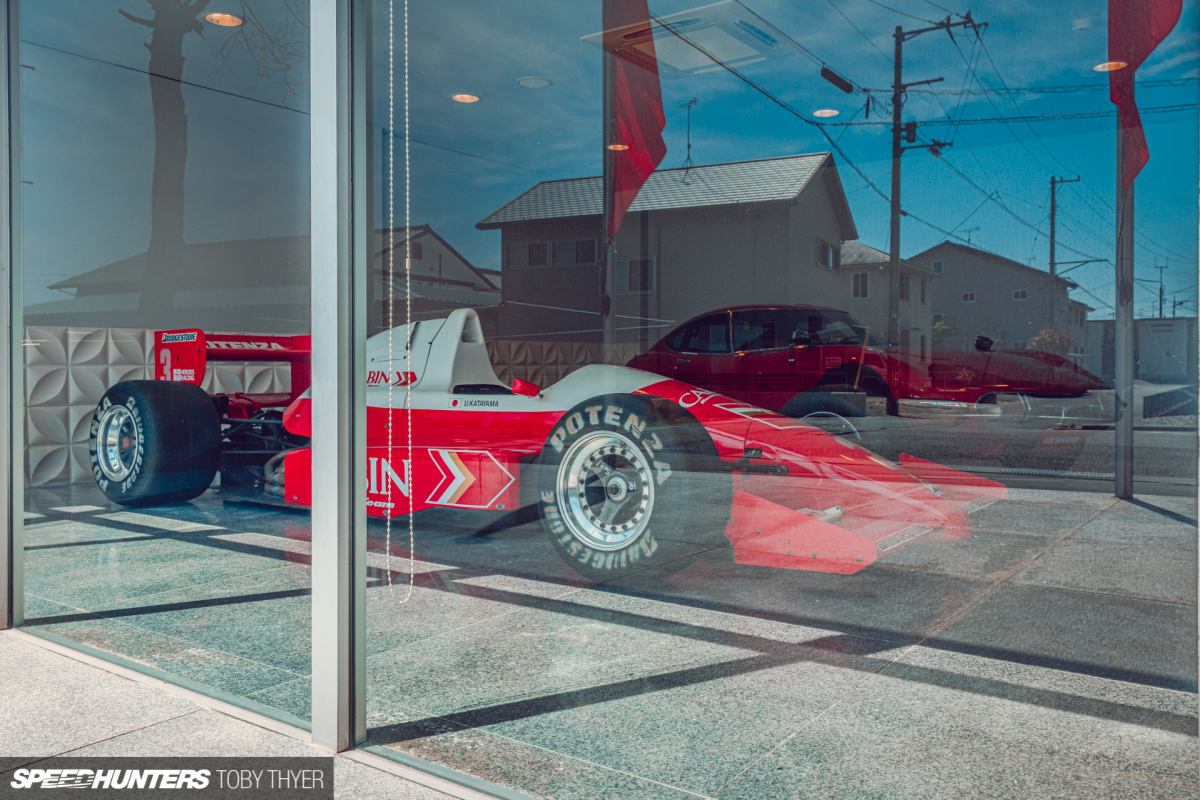
So when I discovered the Shikoku Automobile Museum through a friend’s recommendation, I knew it would be worth going out of my way to have a look. It’s owned by Toyota and the collection is made up of privately-owned vehicles. It’s great that these owners have let their cars be shown to the public, rather than storing them away in a dark garage somewhere.
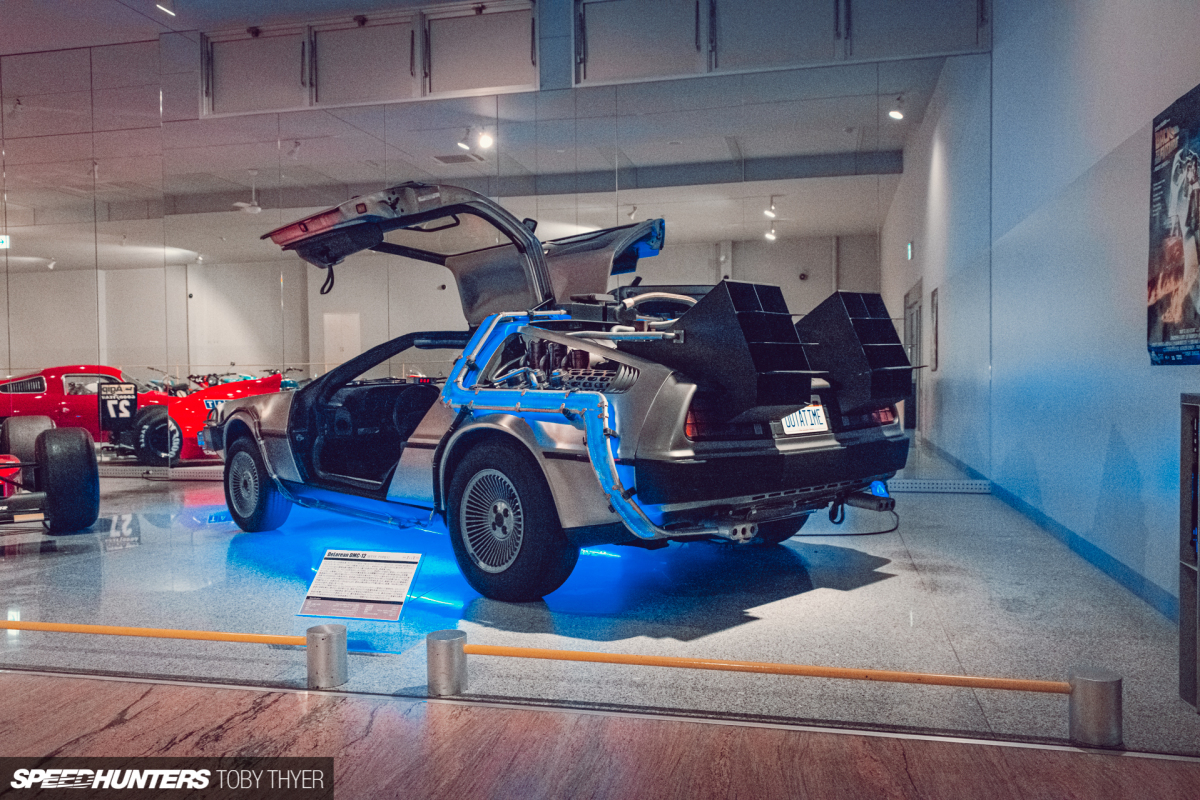
Walking into the showroom, visitors are greeted by a car that needs no introduction – the DeLorean DMC-12. This Back to the Future replica is a pretty bizarre addition to the collection, but cool nonetheless.
There was a fantastic line-up of bikes on the left side of the showroom, from BMWs to Royal Enfields and BSAs.
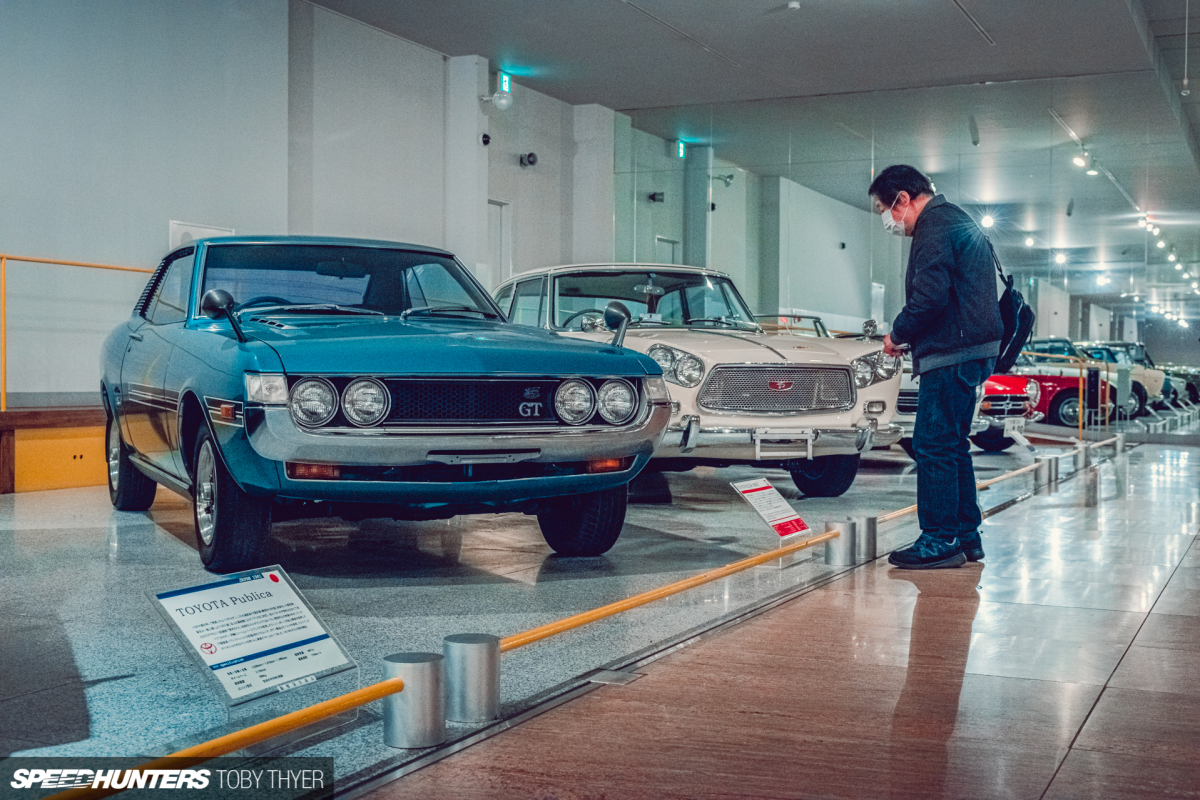
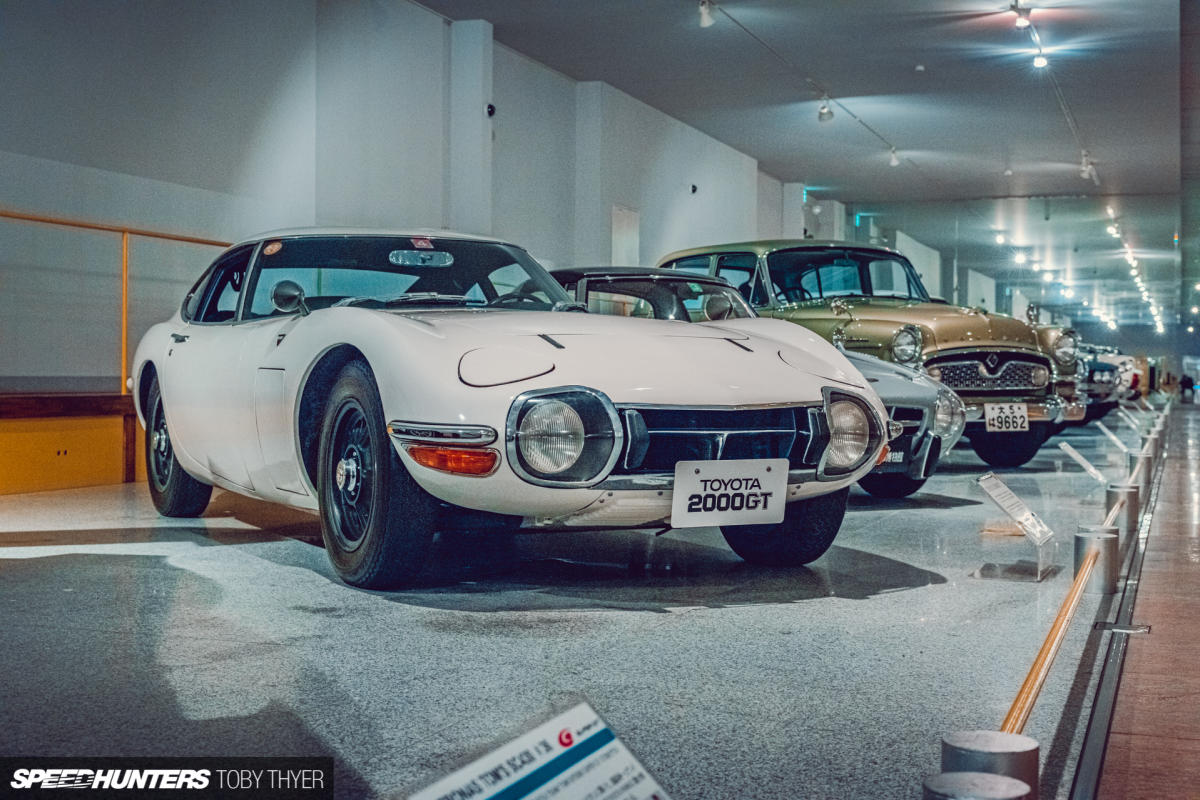
This is the only museum of its type on Shikoku Island, and while it’s not huge, what it lacks in size it makes up for in quality. Case in point, this early-model 2000GT, which would have been worth the trip on its own.
It’s a 100% original, unrestored example that was kept at an American dealership for most of its life and is completely mint. In a way it’s a shame that it hasn’t ever toured properly or tasted the tarmac at Suzuka, but plenty have.
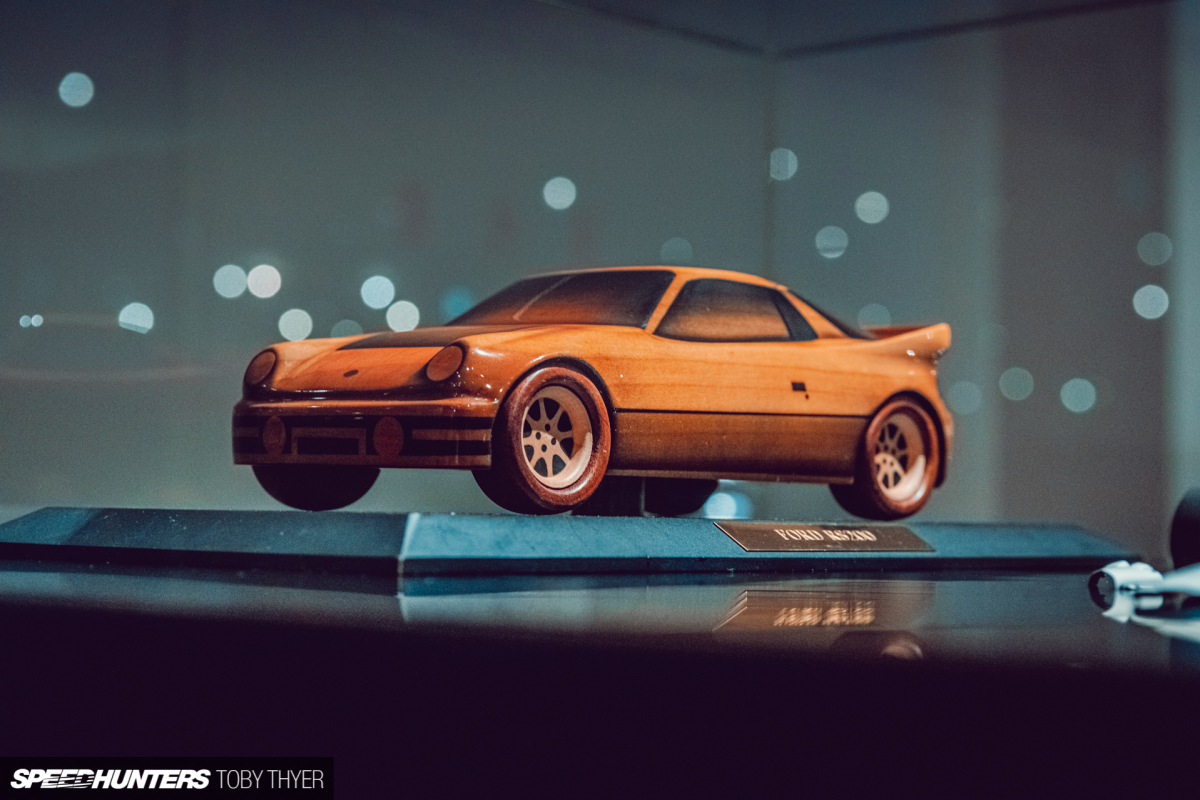
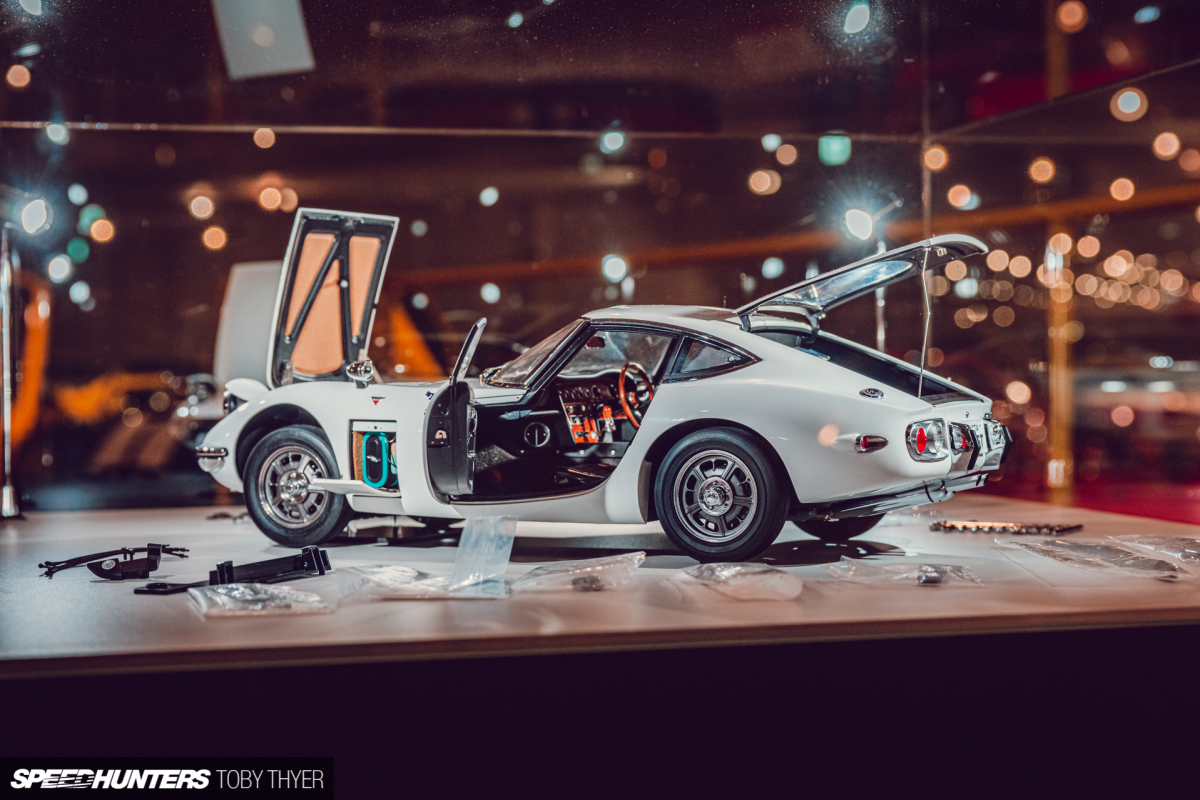
I really loved this wooden Ford RS200, and the details on the 2000GT model were absolutely incredible. In fact, it was so mesmerising it was almost better than the real thing.

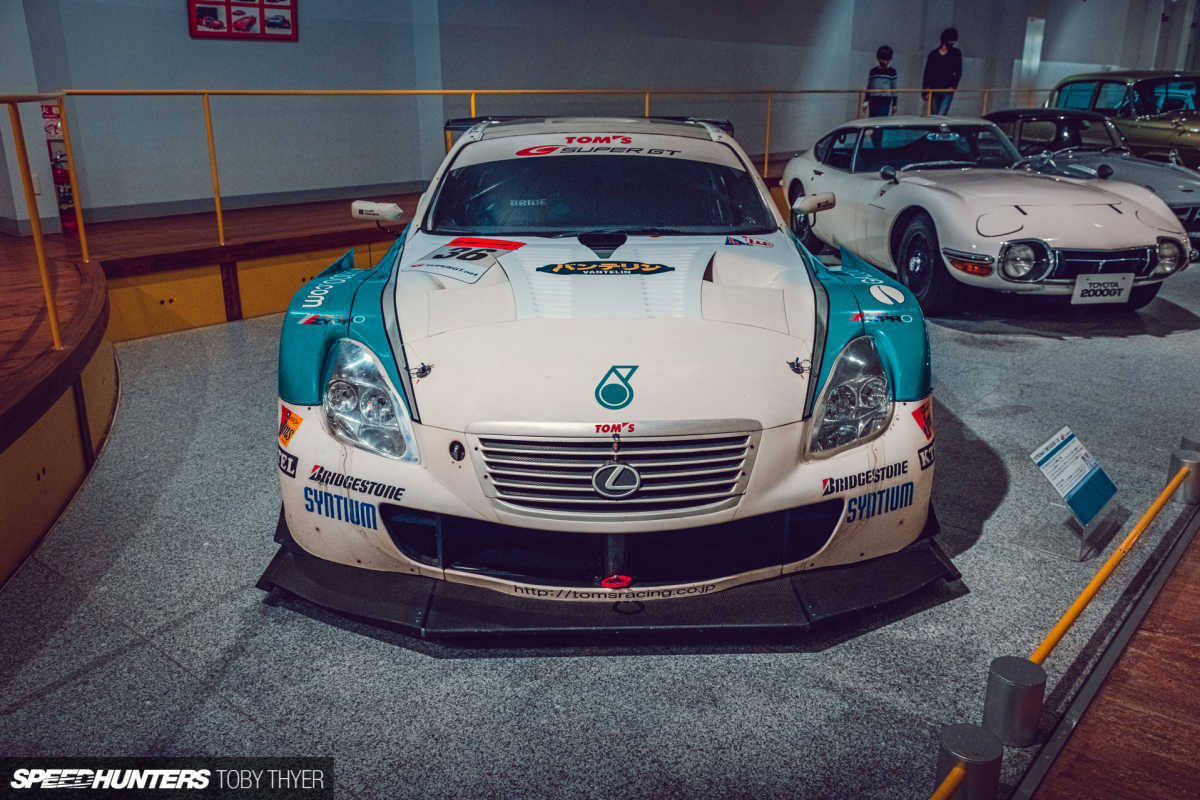
This TOM’S Petronas Lexus SC 430 #36 GT car won the 2006 Super GT GT500 drivers championship and is sporting some nice racing patina for extra cred. While it wasn’t the most exciting or iconic Japanese track car in the museum, it’s nice to have something in the otherwise pristine collection that has seen some proper battles.
At the Shikoku Automobile Museum cars are grouped by maker and by category, ie. track cars, road cars and rally cars. Personally, I was most looking forward to the latter.
First in line were Abarths and Alfa Romeos though, and the tube-framed 2000 Sport was star of this group.
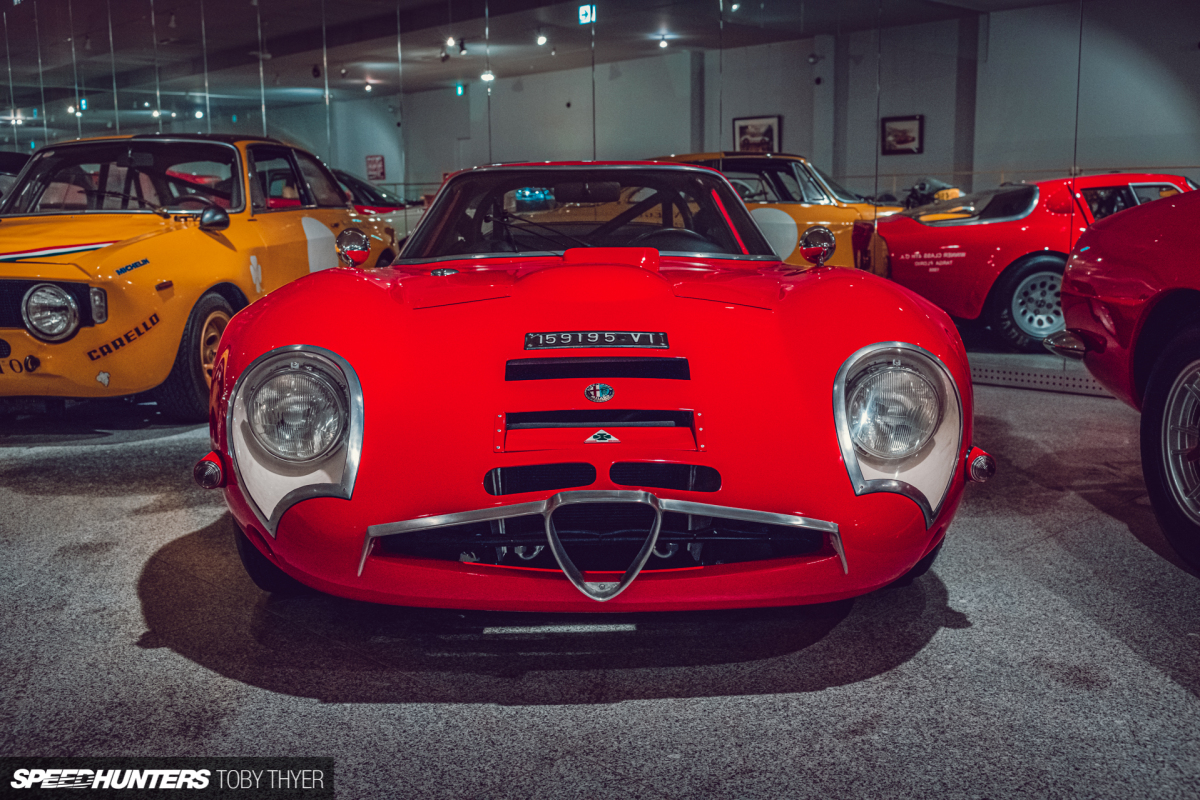
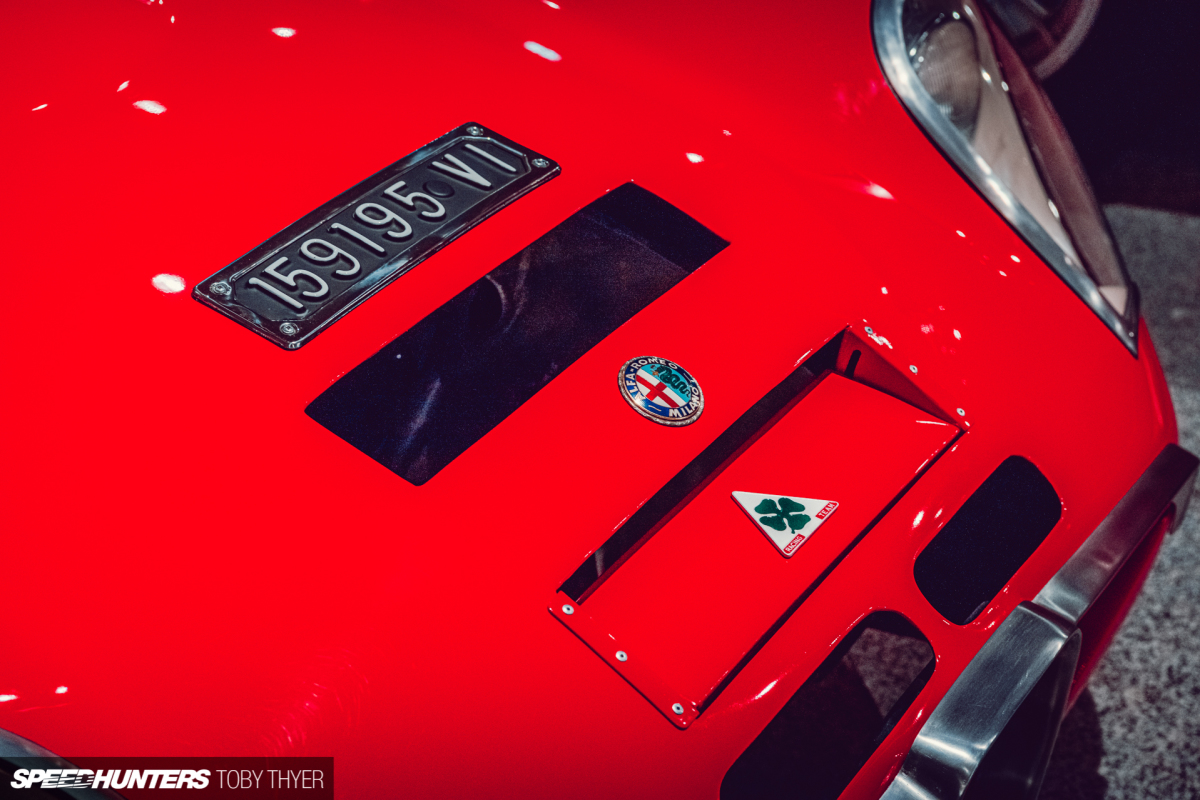
OK, so the Alfa Romeo Giulia TZ2 was pretty spectacular as well; apparently this is one of only 12 in the world and the only one in Japan. This particular example was one of the original cars presented to the public at the Le Mans test day in April 1965, making it very special indeed.
The Giulia TZ2 was only ever built as a race car, and it was pretty successful, entering five international events and coming first in class for all. The colour, the bulging bodywork, those Campagnolo wheels, the 269.84hp-per-tonne from its little Twin Spark four-pot – a road version would have been incredible.
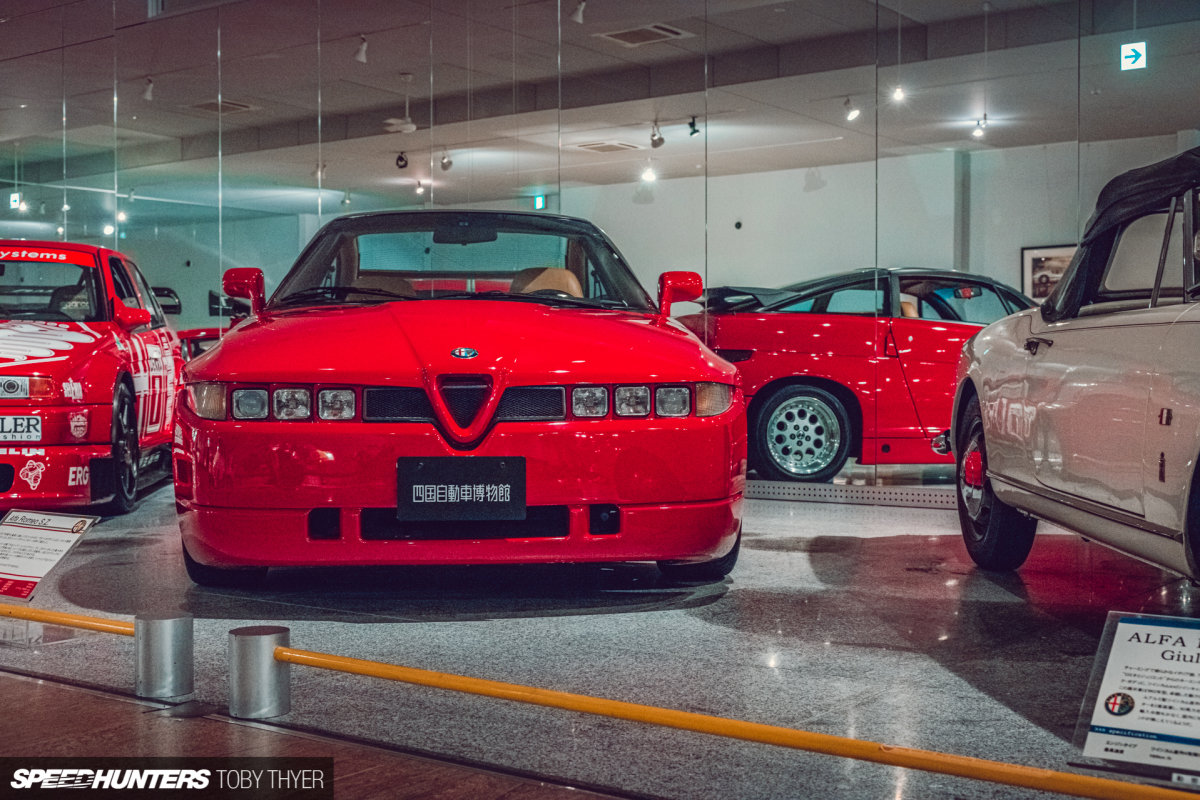
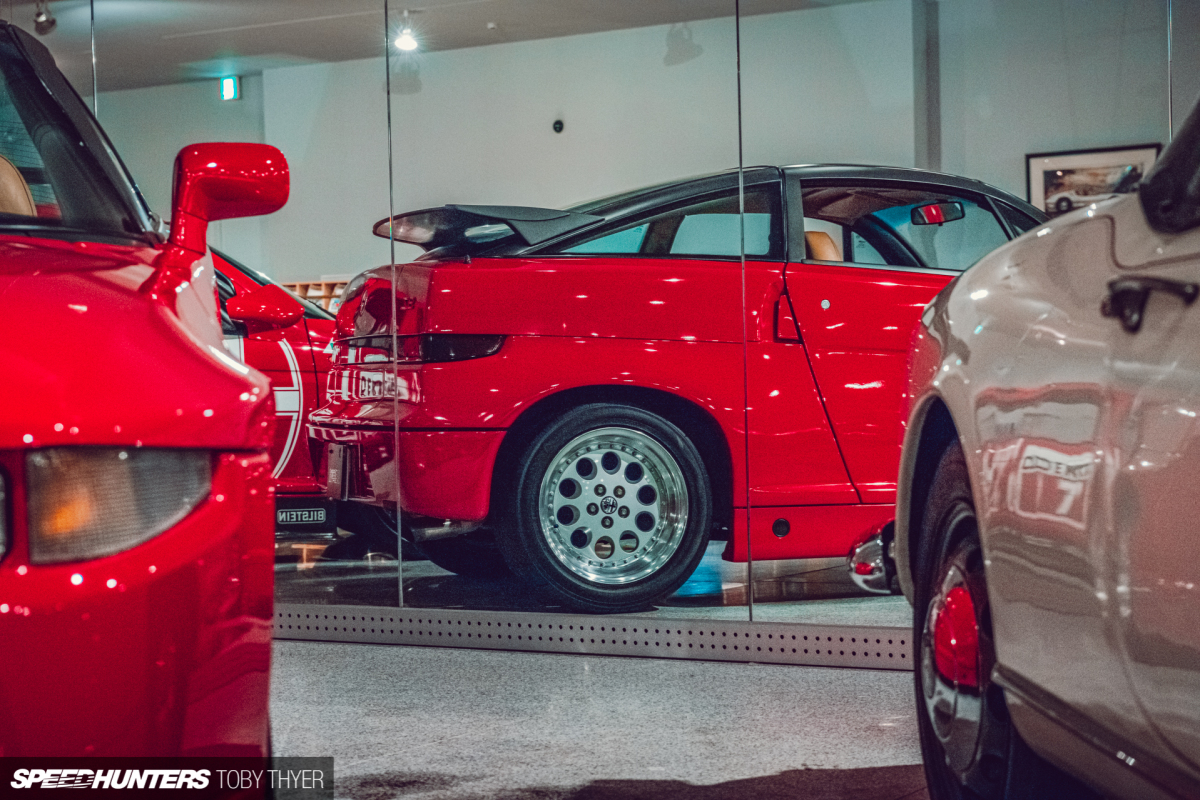
Then there was the Alfa Romeo ES30, or SZ. What can I say – I kind of love it, but I’m also slightly unsettled by it.
I’m not the tallest guy in the world so I’d love to drive one, just to find out how far over the bonnet I could see and if I’d be able to see left or right over those incredibly tall doors. Do you remember what computers where like in the late ’80s early ’90s? I do; they were clunky, square and painfully slow. The SZ was designed using early CAD programs, so perhaps that’s why it looks so weird. Maybe Alfa got sick of waiting for the designs to render and gave up halfway through… Apparently the handling is incredible though, all thanks to a chassis and suspension setup pinched from the Alfa 75 Group A/IMSA car.
Here’s something a little easier to embrace. Although the Alfa Romeo 155’s 2.5L V6 didn’t produce a soundtrack quite as glorious as some of its rivals, with over 400hp and an all-wheel drive system to pull it out of any corner, it really performed on track. In 1993, the 155 won 14 out of 22 DTM races, wiping the floor with Mercedes-Benz but perhaps with luck on its side, as BMW had withdrawn the previous year with the M3 no longer qualified to compete.
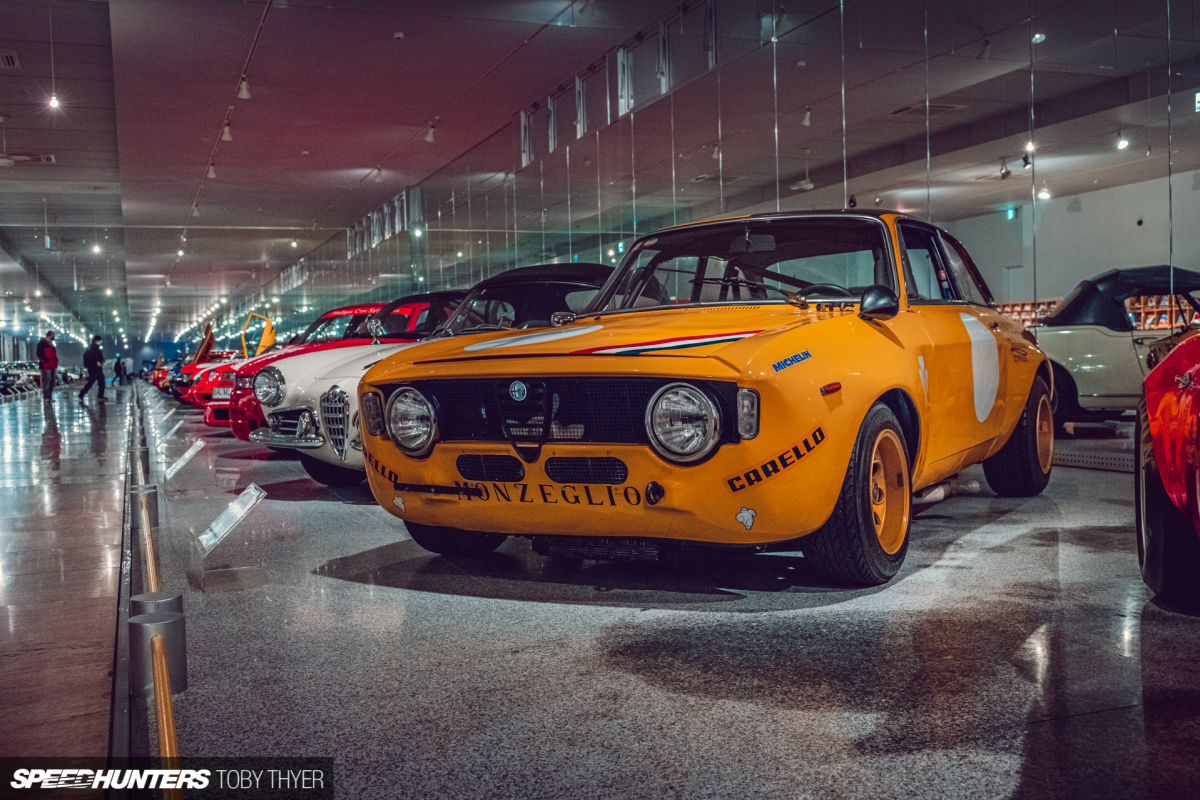
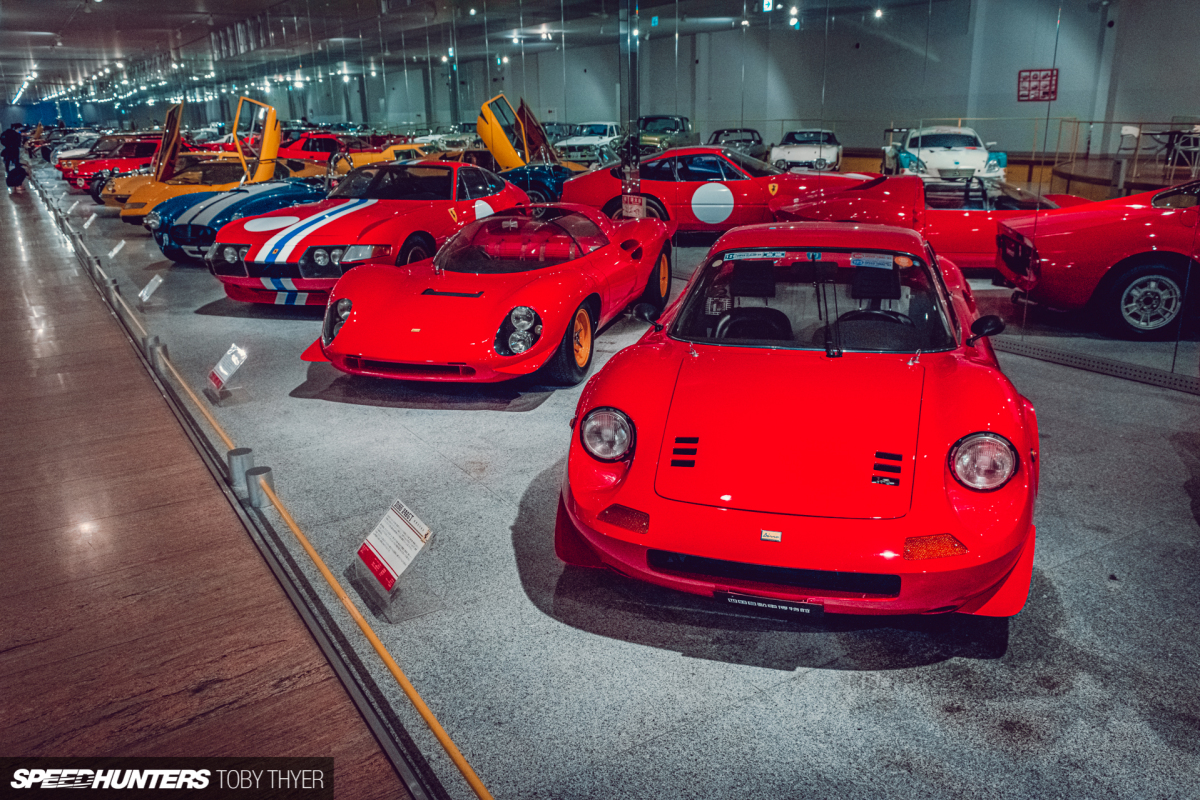
Ferrari has produced some of the most beautiful cars the world has ever seen, but unfortunately there is no 250 GTO here. We’ll have to do with the Dino 246 GT, which definitely passed on some styling cues to its brutish relative. In my opinion, the late ’60s really were the golden era for styling.
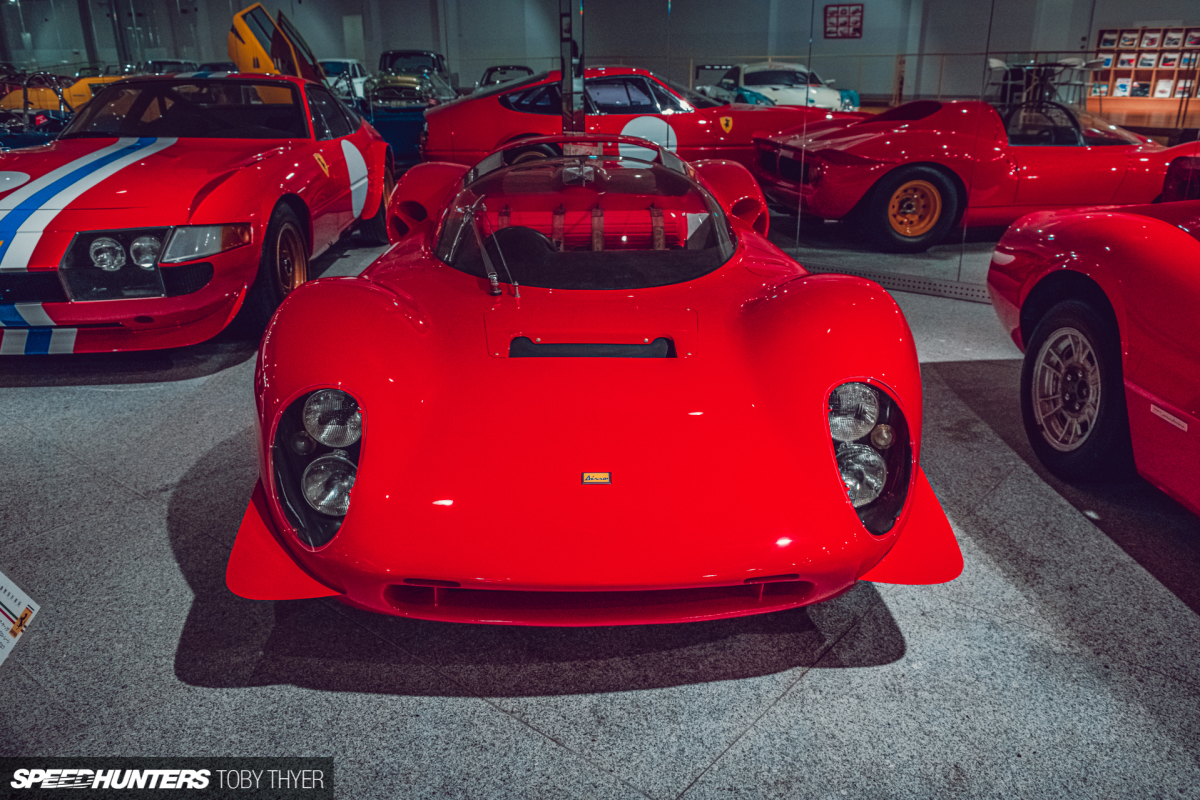
The world was pretty wild in 1966, so when the Dino 206 S was released it probably looked pretty tame. I know what you’re thinking but no, you can’t use it as a submarine.
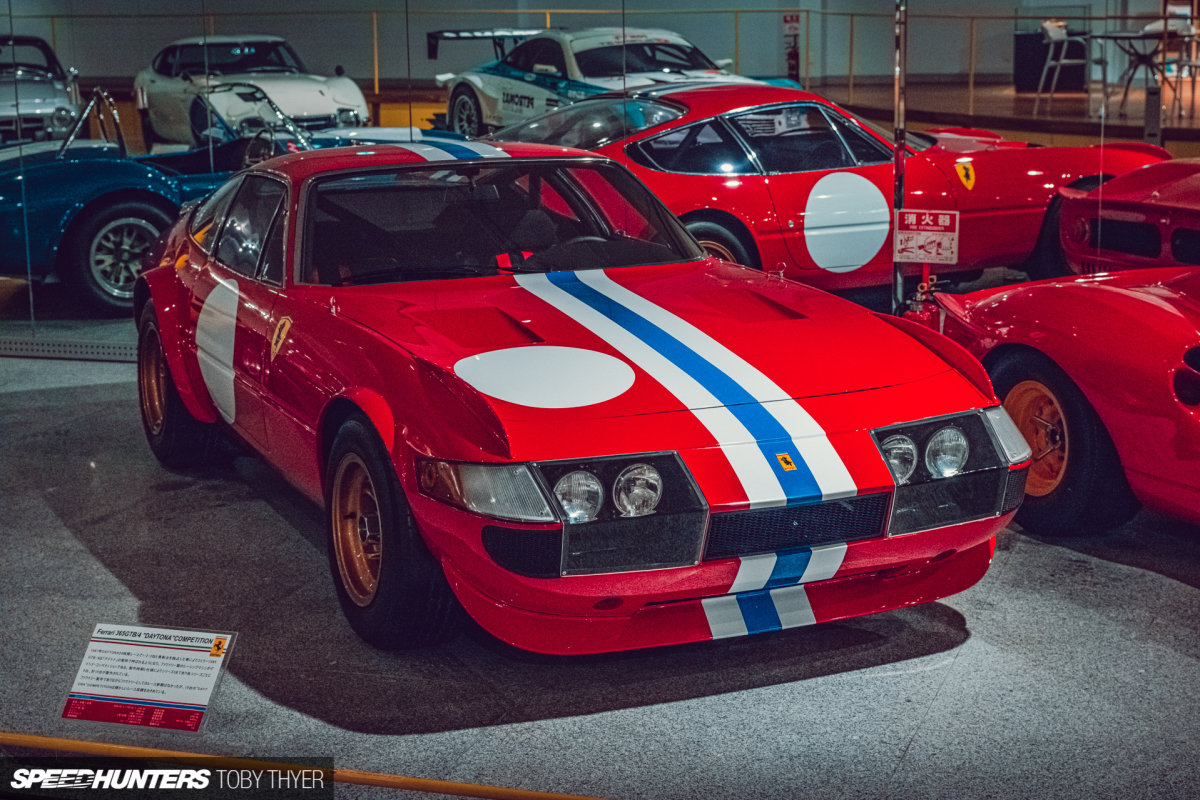
There’s a lovely story behind the Ferrari 365 GTB/4 Daytona Competition. Back in 1969, Luigi Chinetti, then owner of the Ferrari-backed North American Racing Team, developed a prototype race version of a road-going Daytona. The team ran short on time in the lead up to their first race, so Chinetti had to drive the prototype over the Alps just to make the start line. The car didn’t finish that time, but two years later, not wanting to admit defeat, they entered another ageing Daytona and managed to finish in the top five, losing only to the aerodynamically-designed World Sportscar Championship cars.
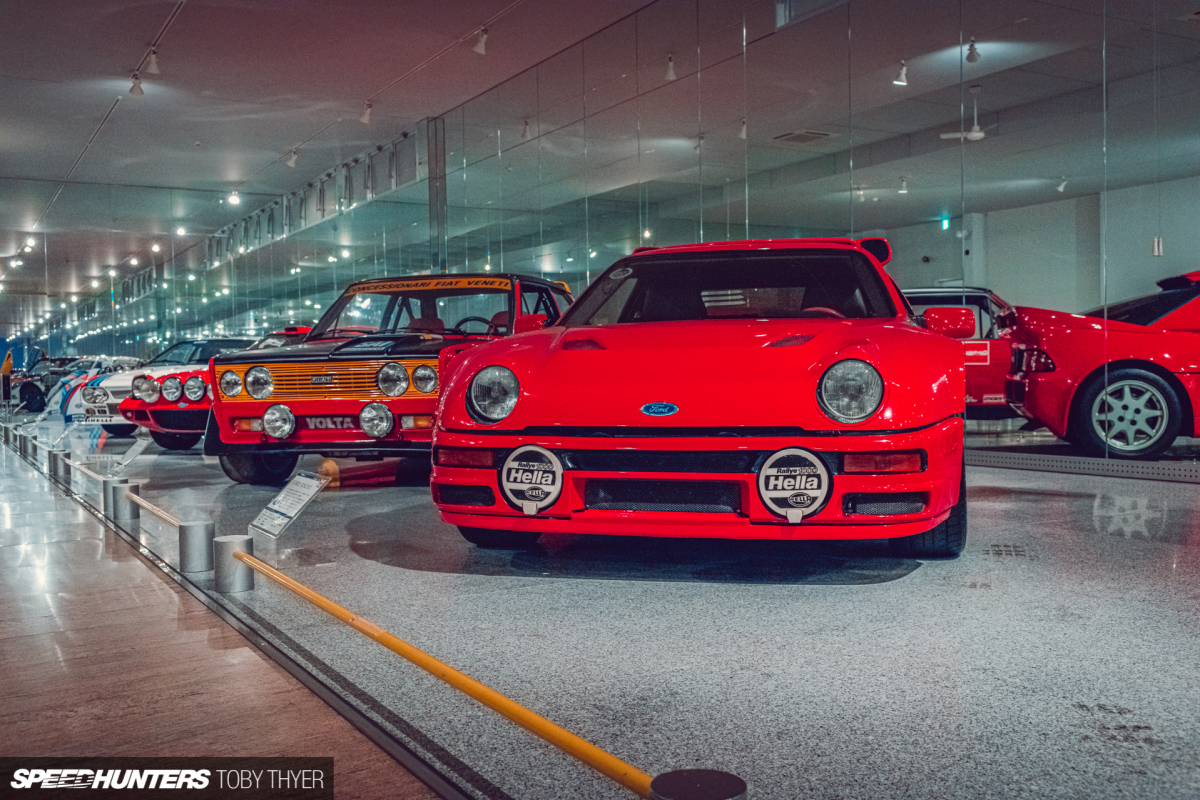
With the supercars in our rear-view mirrors we arrive in rally heaven. From Group 4 to Group B, the Shikoku Automobile Museum has a nice selection of cars from each era.
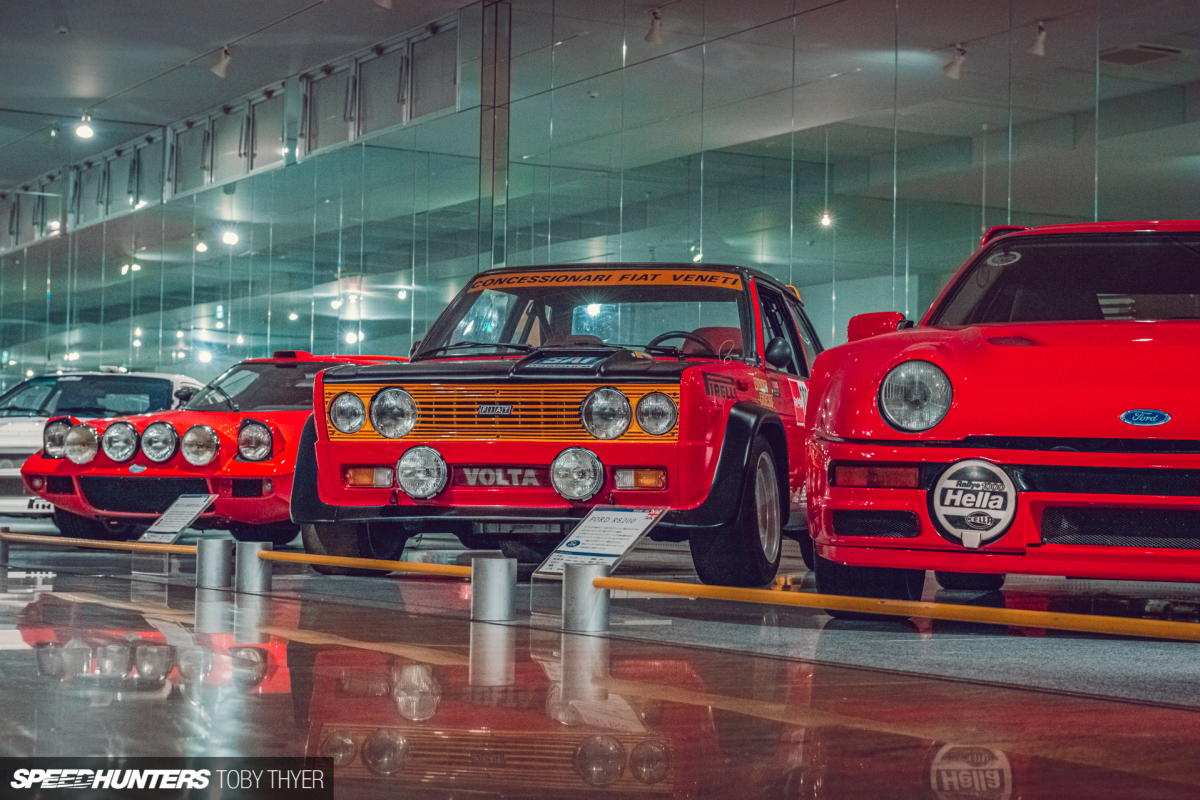
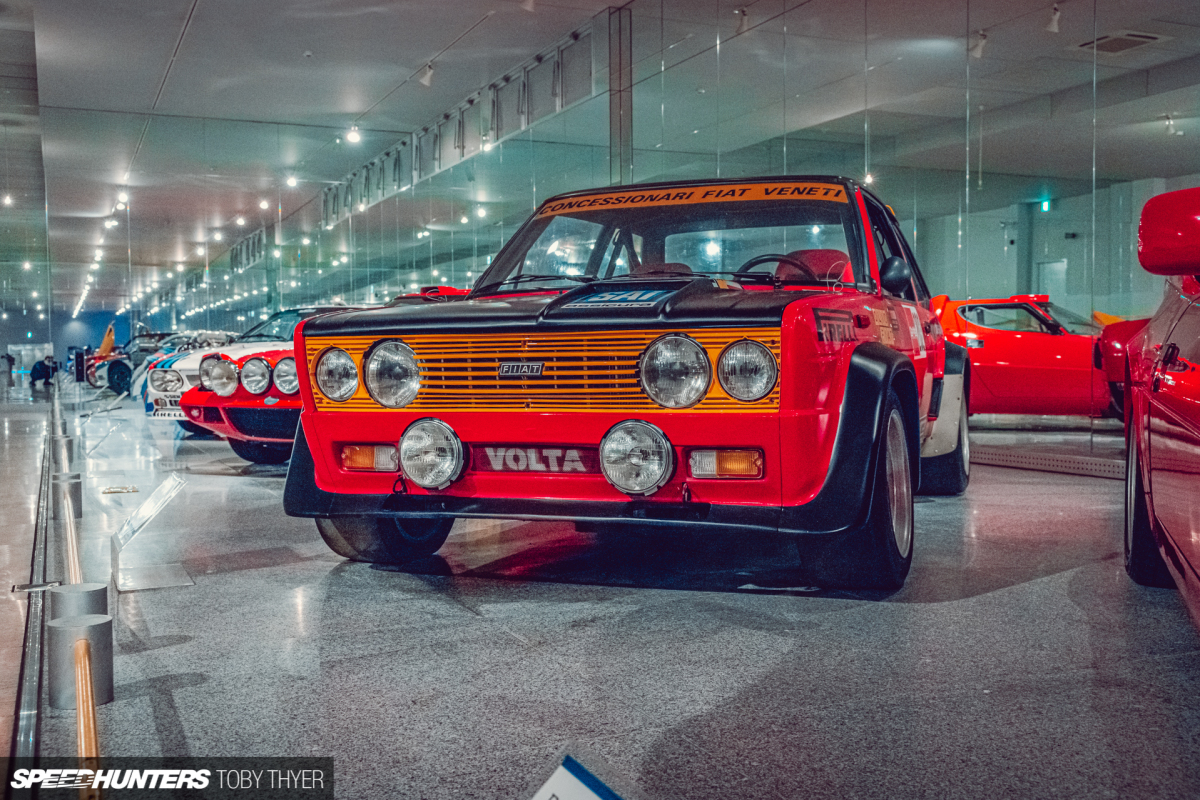
Fiat and Lancia’s foray into rallying saw them utilise a few different cars throughout competitions and categories. In the early days of Group 4, Lancia ran the formidable Stratos, winning the World Rally Championship three years in a row from 1974. Fiat was running the Abarth 131 Rally, which incidentally was developed to keep up with the Stratos. When Group B came about with its skimpy regulations and power-hungry development across makers, Fiat-Lancia created their own monster, the legendary Rally 037.
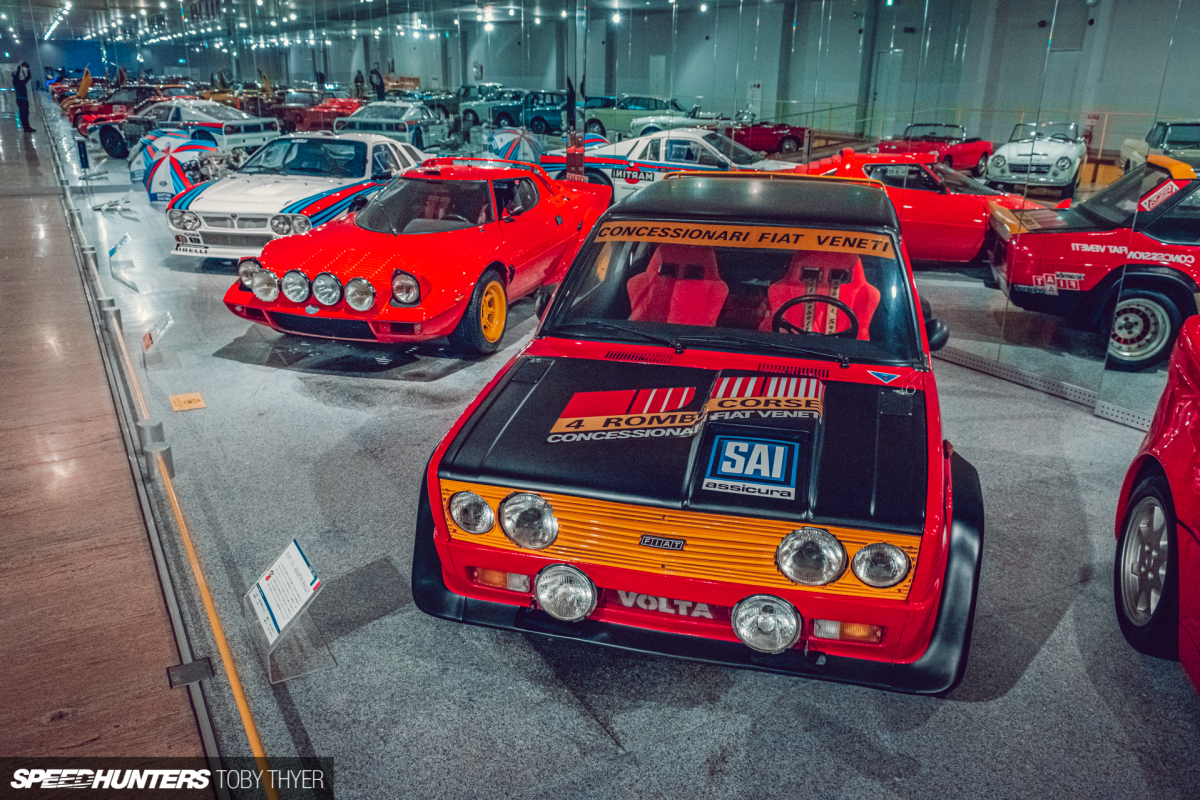
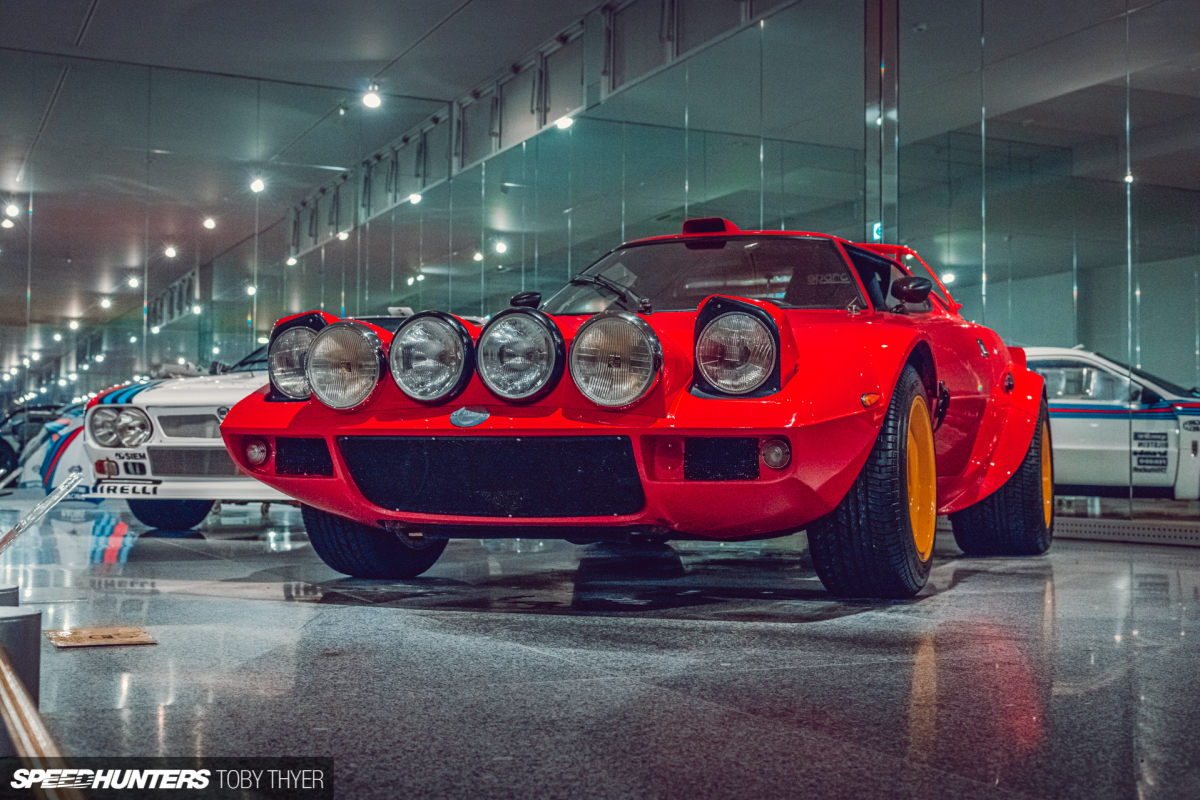
I wonder if these three cars are owned by the same collector, considering their shared historical prowess. I love them all for different reasons, but bonnet-mounted fog lights will always be cool.
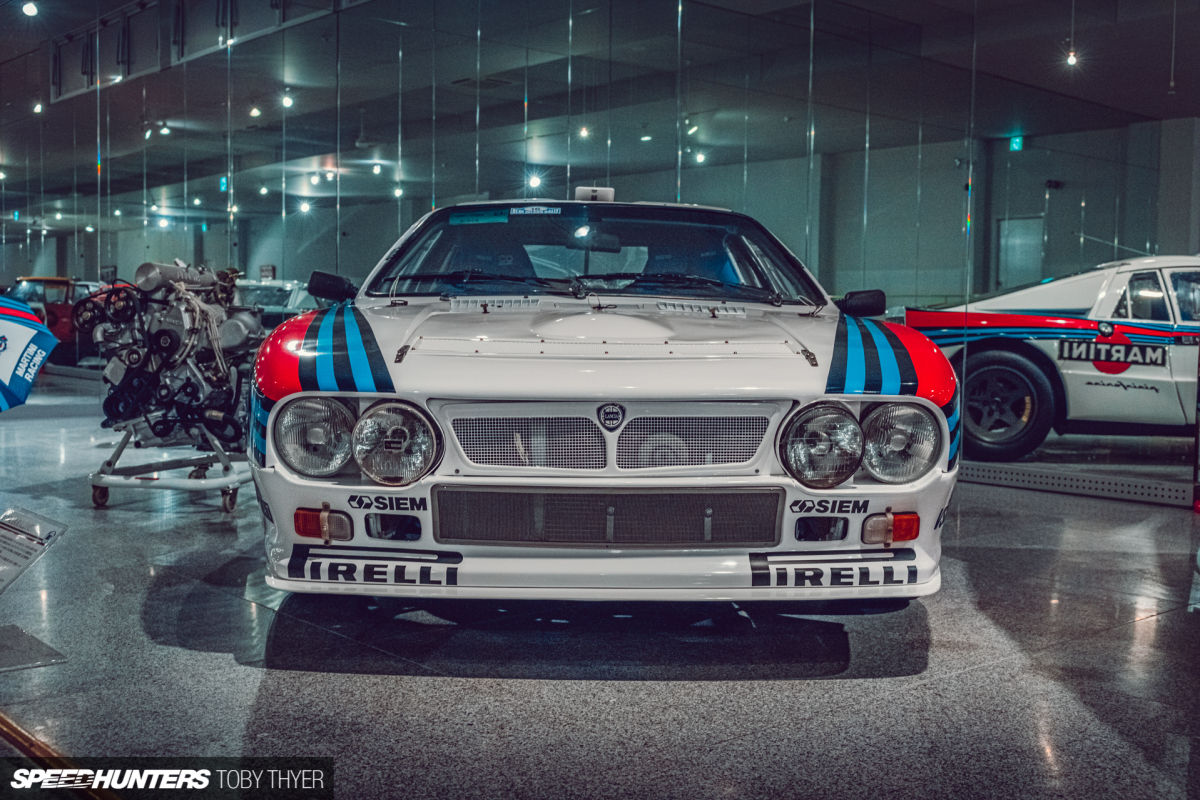
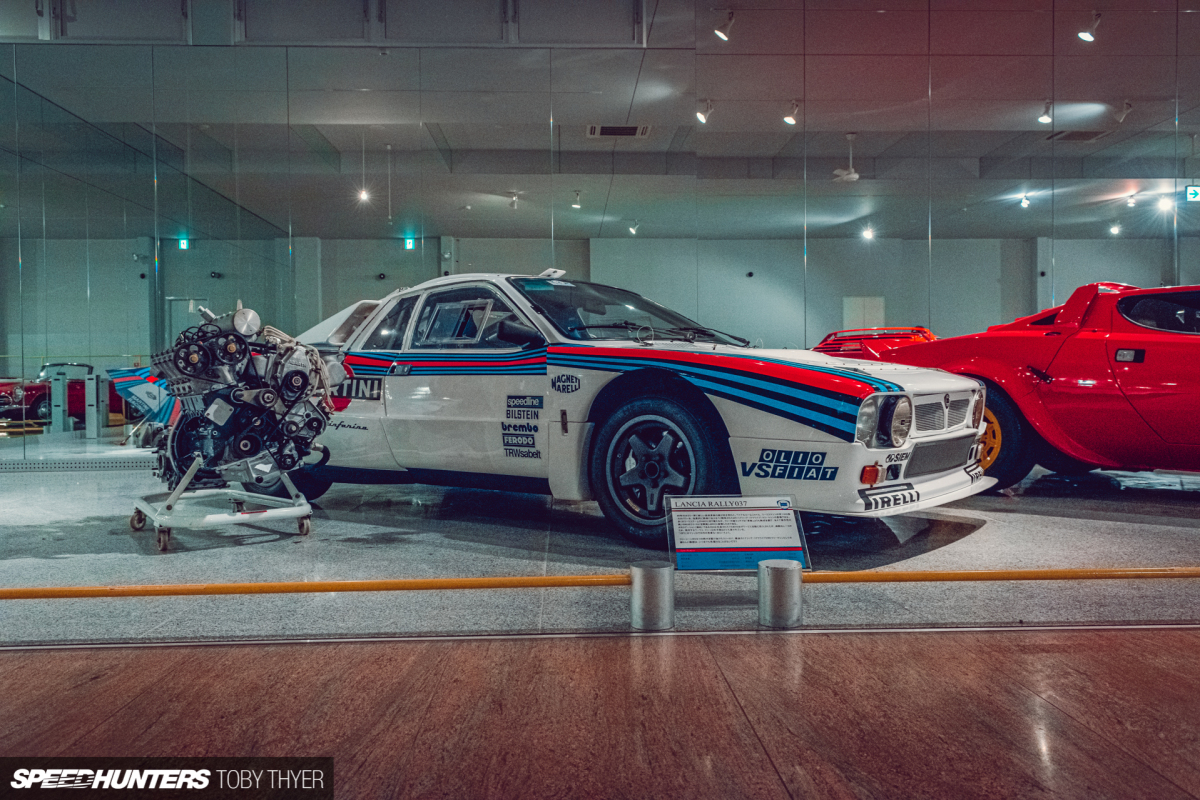
The curators have arguably kept the best till last – a Lancia Rally 037. The Martini Racing livery looks epic and having a (I presume) spare engine on display next to it is a great mechanical easter egg. It’s actually an engine based on the aforementioned Abarth 131 Rally, albeit with a supercharger strapped to it. A full Kevlar and fibreglass body and tube-frame chassis brought Pininfarina’s design to life beautifully, but unsurprisingly the 2WD layout was no mach for the incoming 4WD Audi Quattro and Peugeot 205 T16. It was replaced after only two years by the more capable 4WD Lancia Delta S4.
I was glad to finally see this fantastic collection of cars, tucked away in a shed 12 hours’ drive from Tokyo. It’s typical of Speedhunting in Japan – the cool stuff is always where you least expect to find it.
Toby Thyer
Instagram _tobinsta_
tobythyer.co.uk

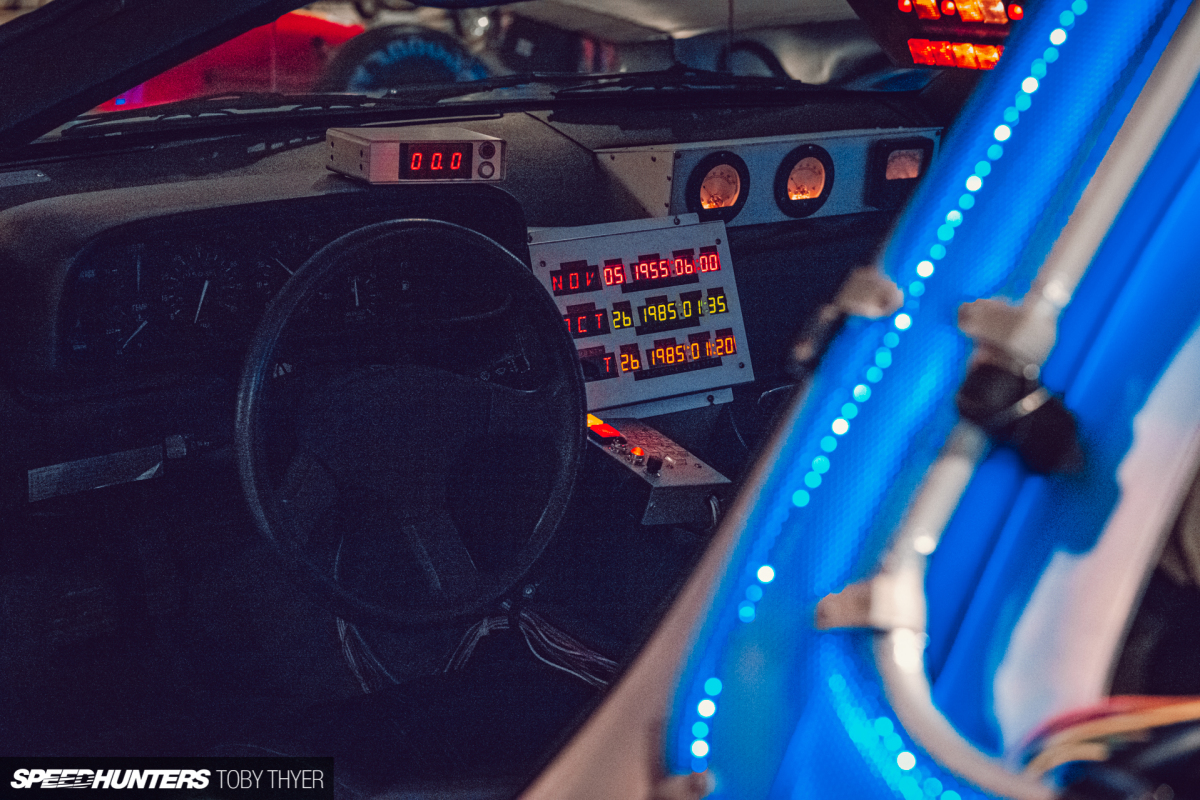
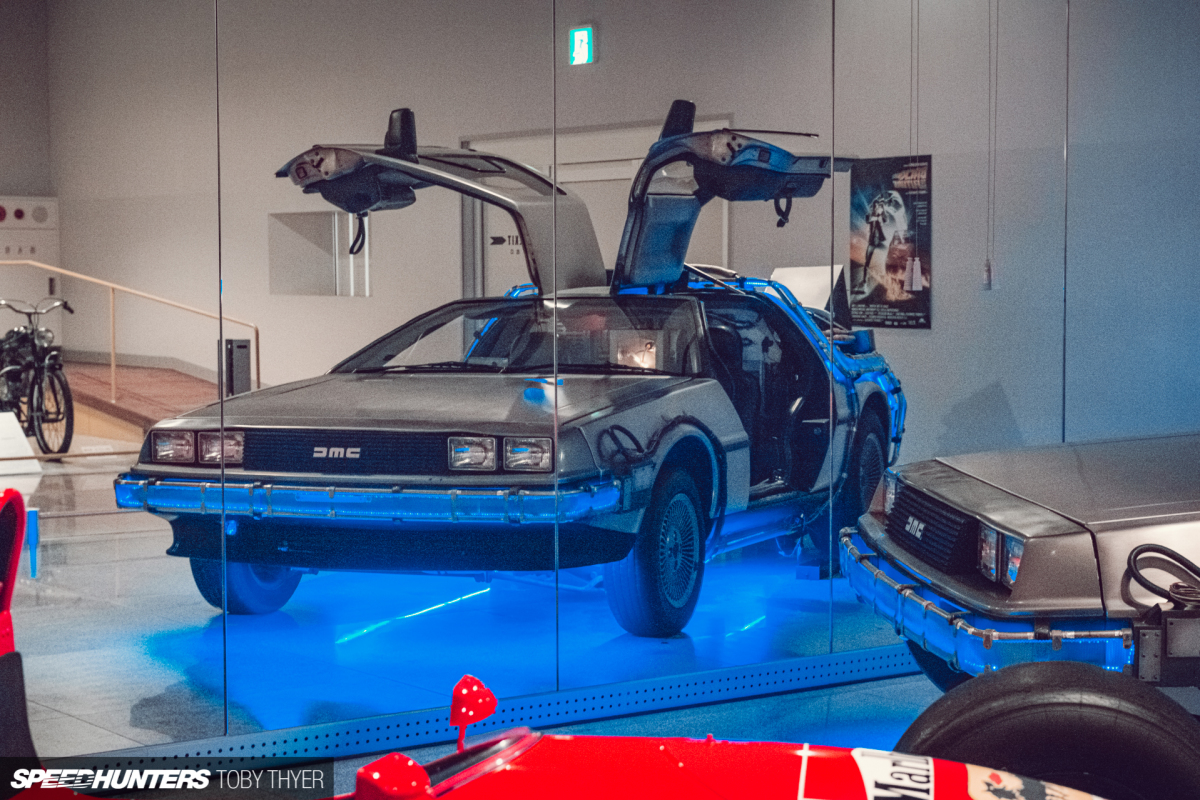
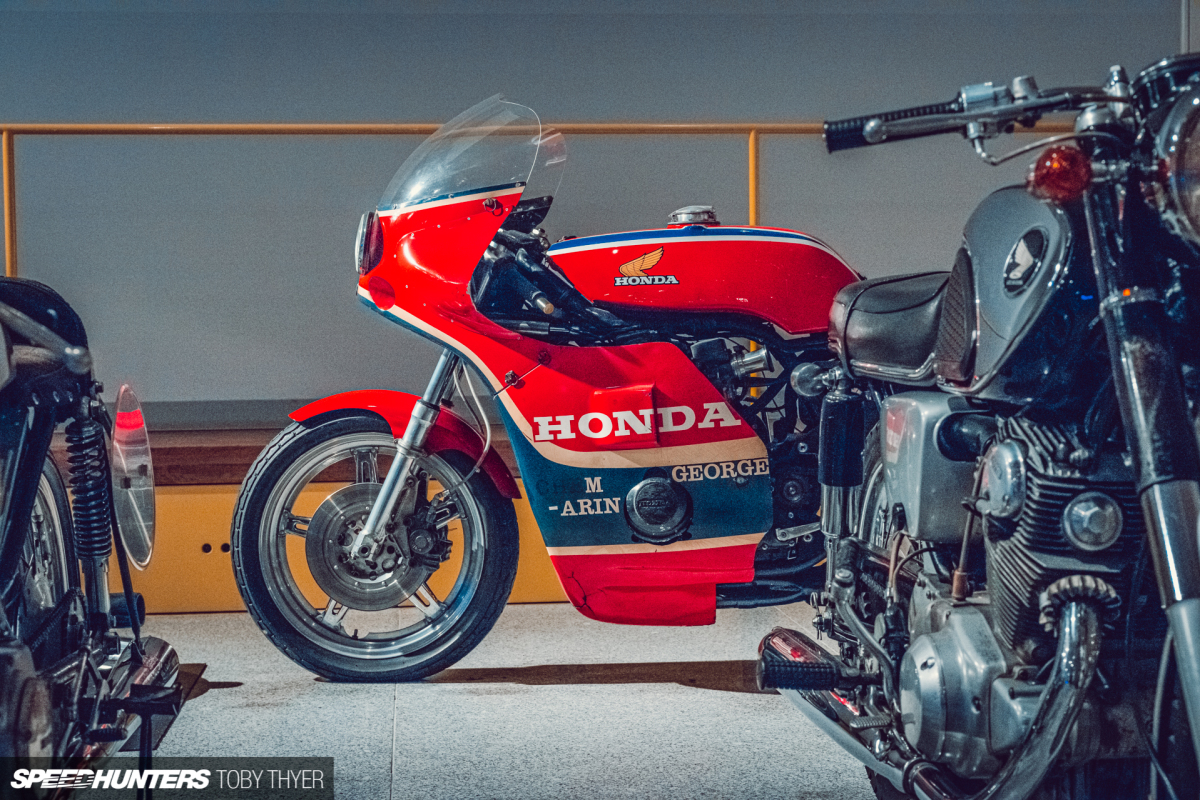
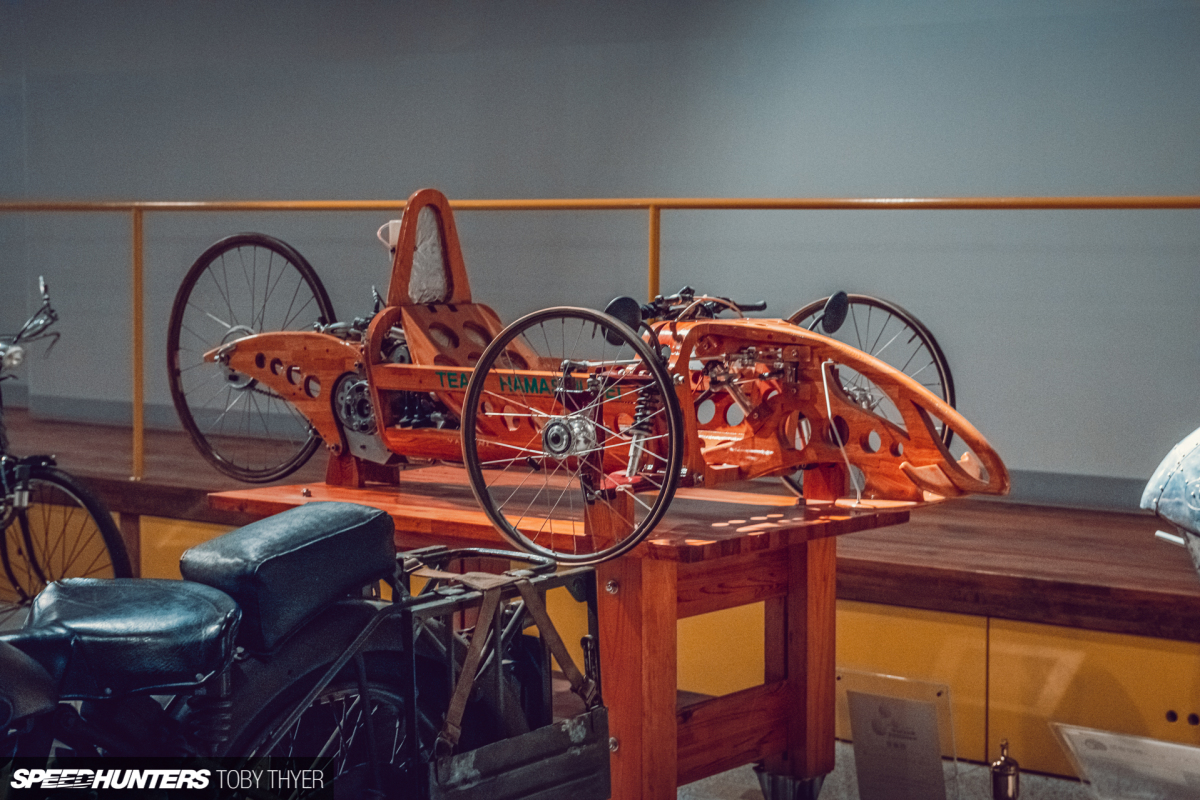
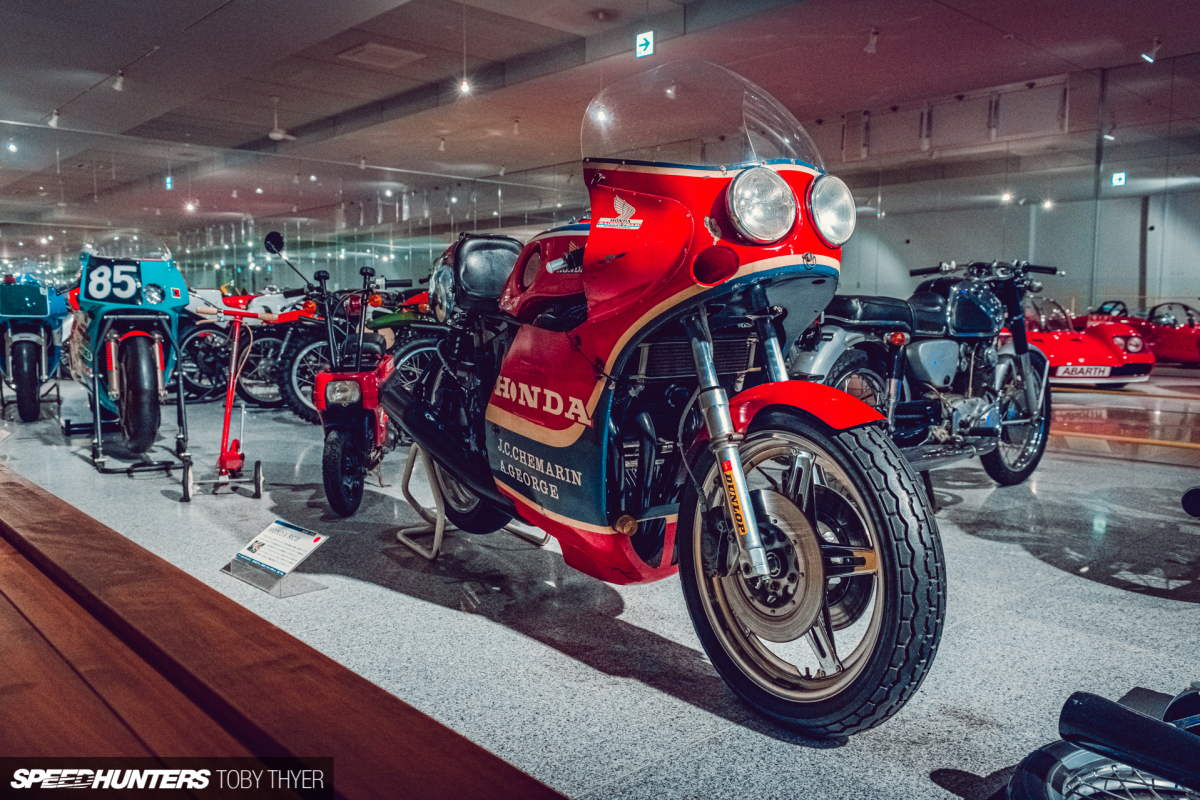
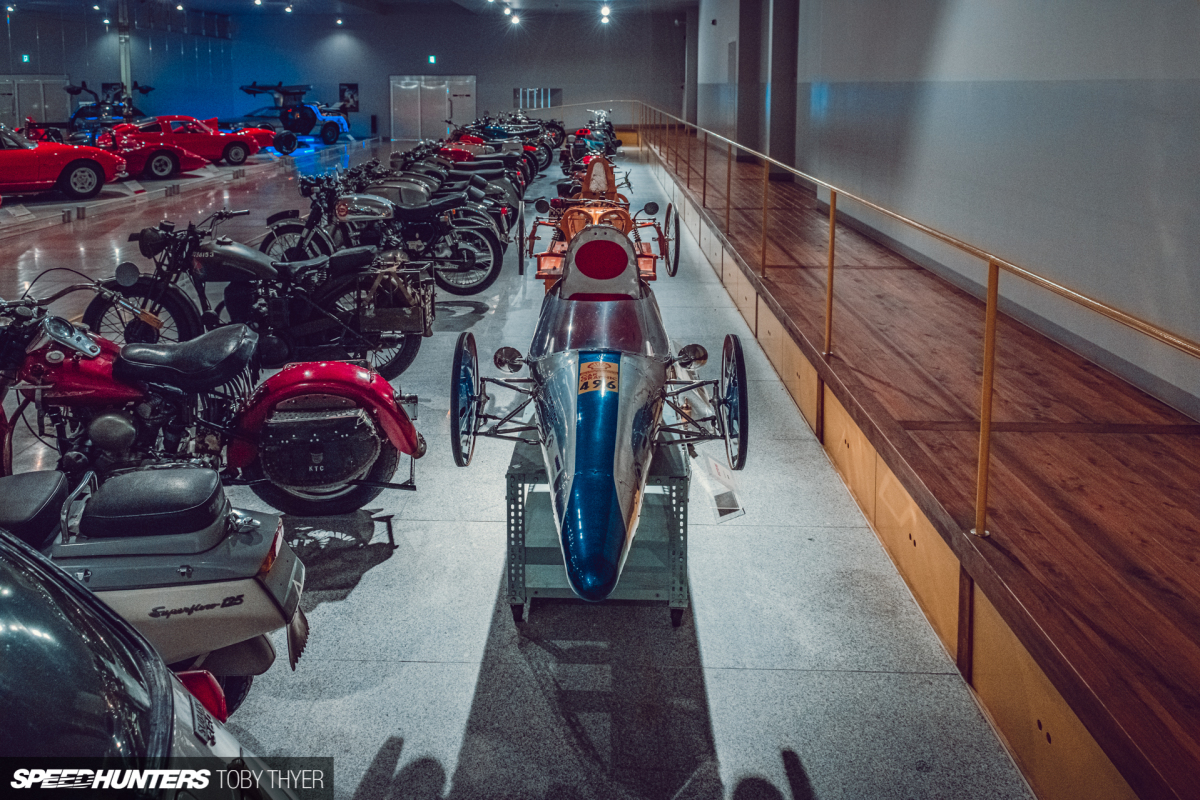
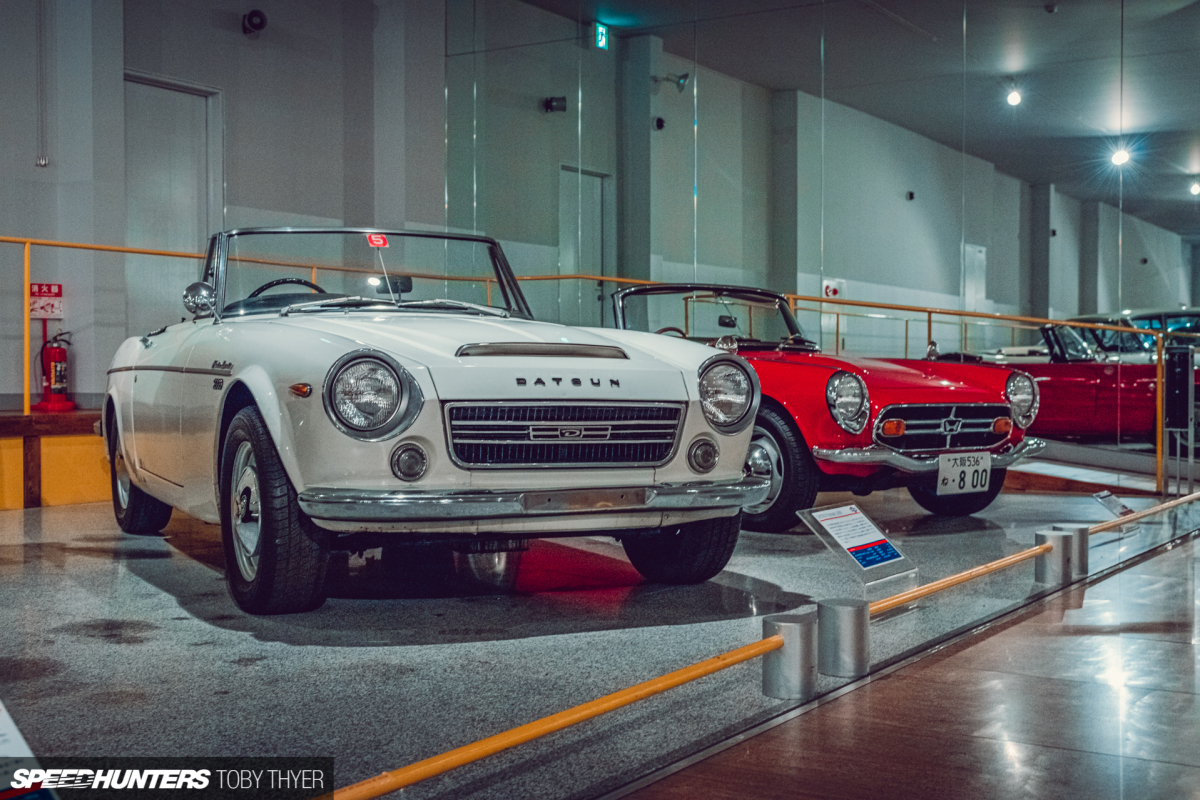
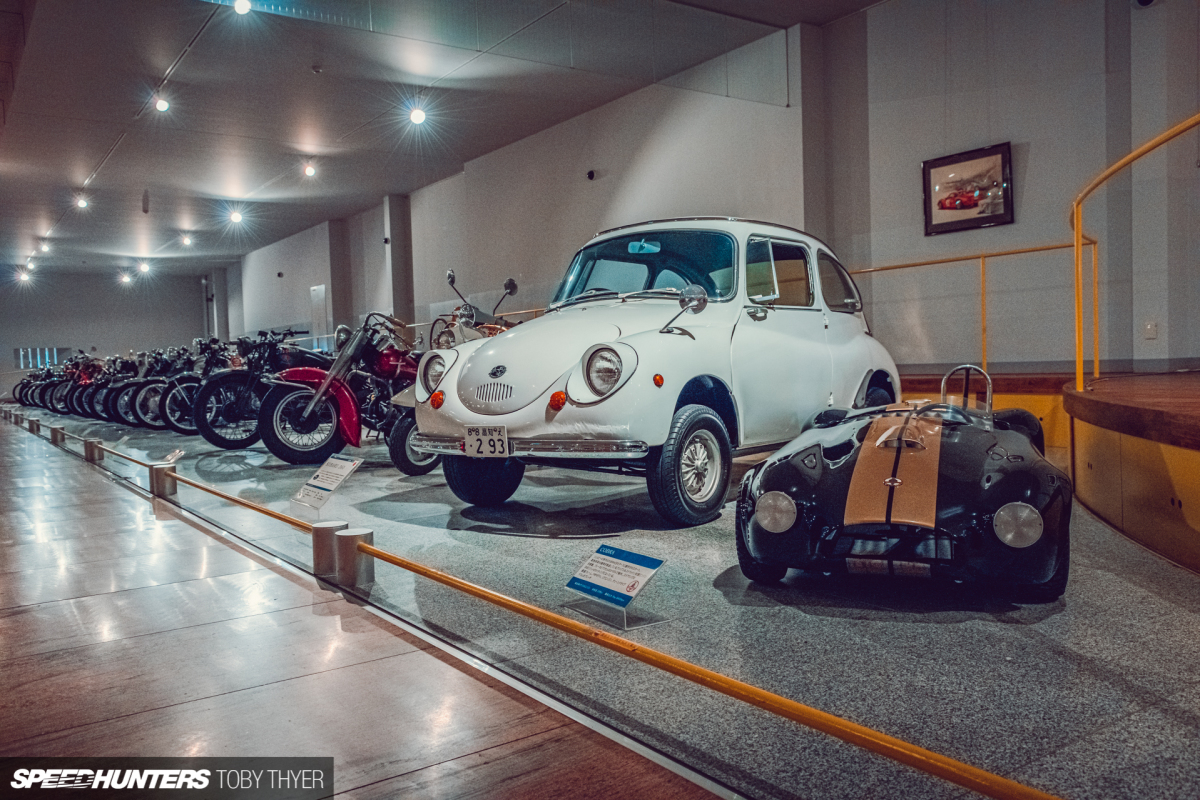
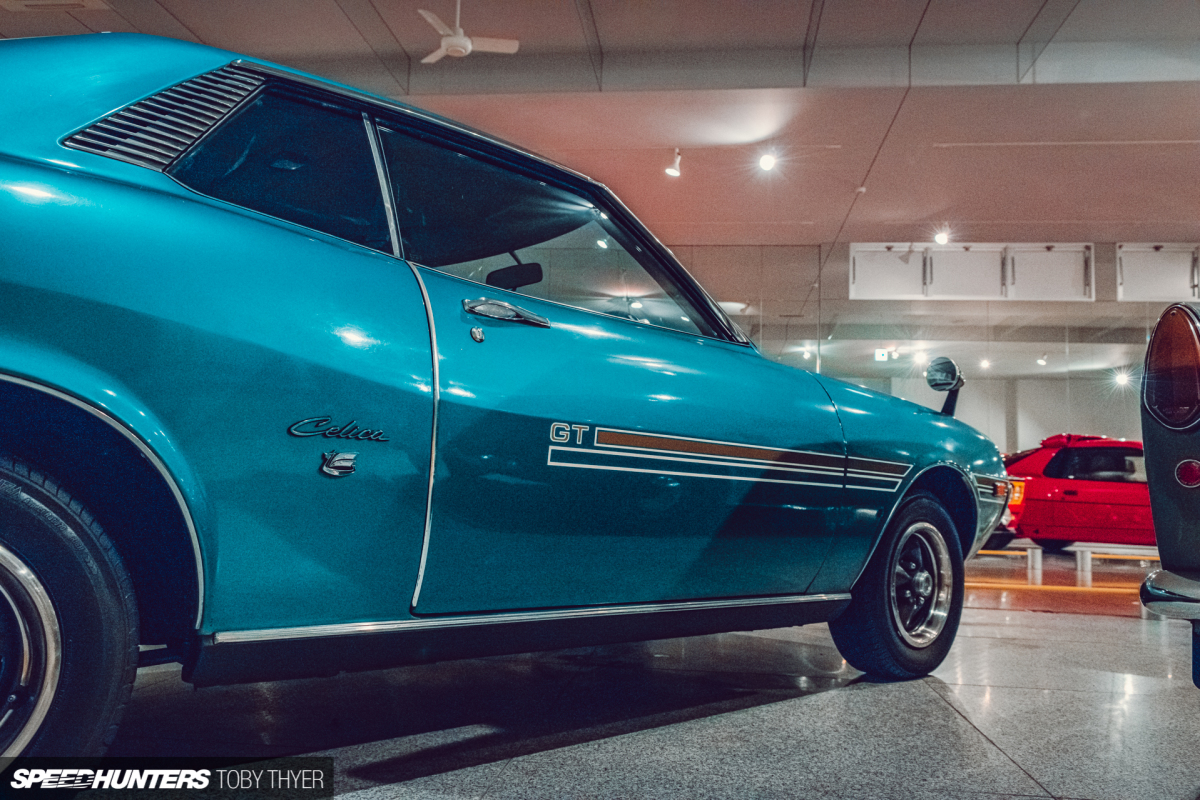
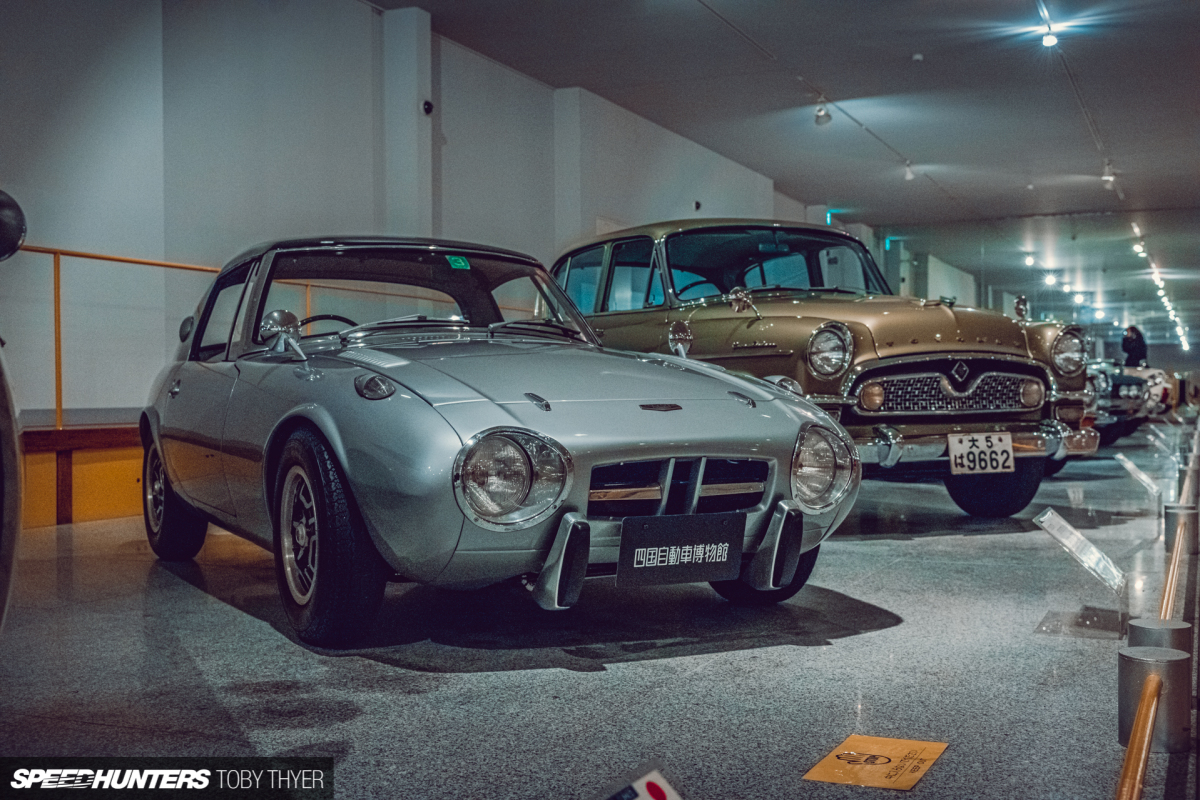
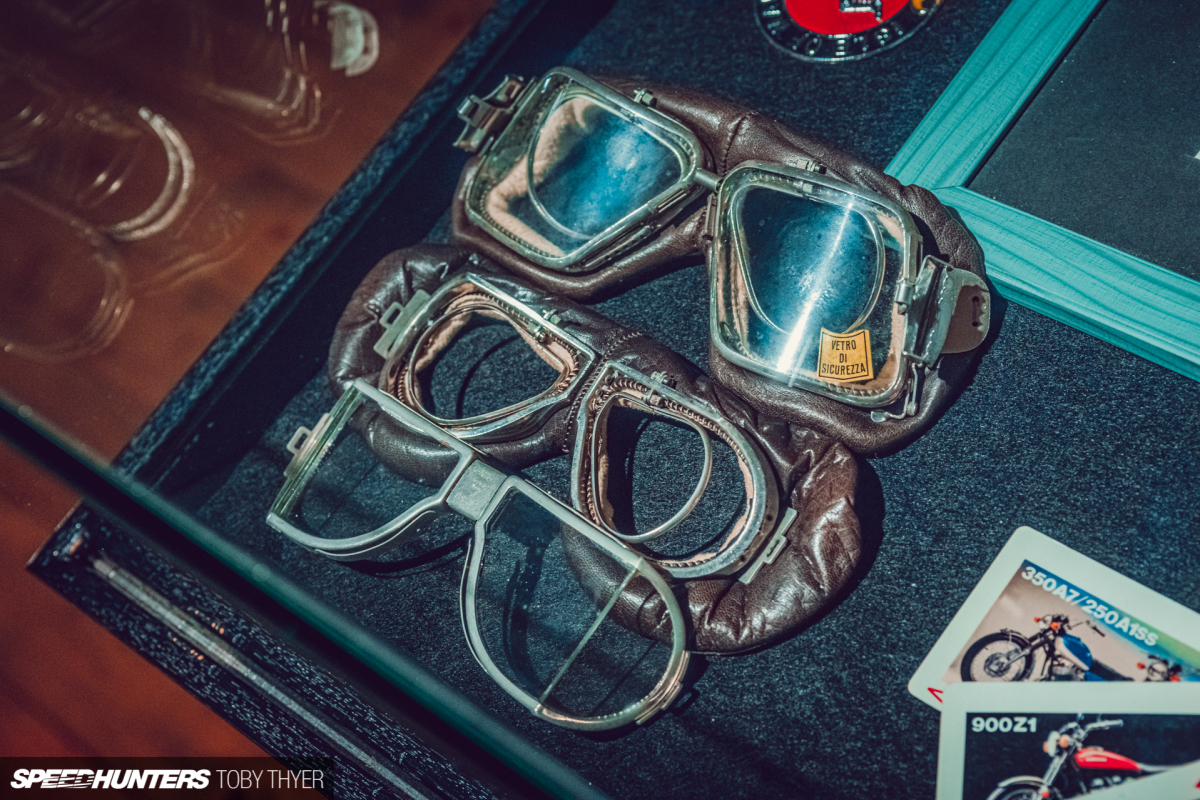
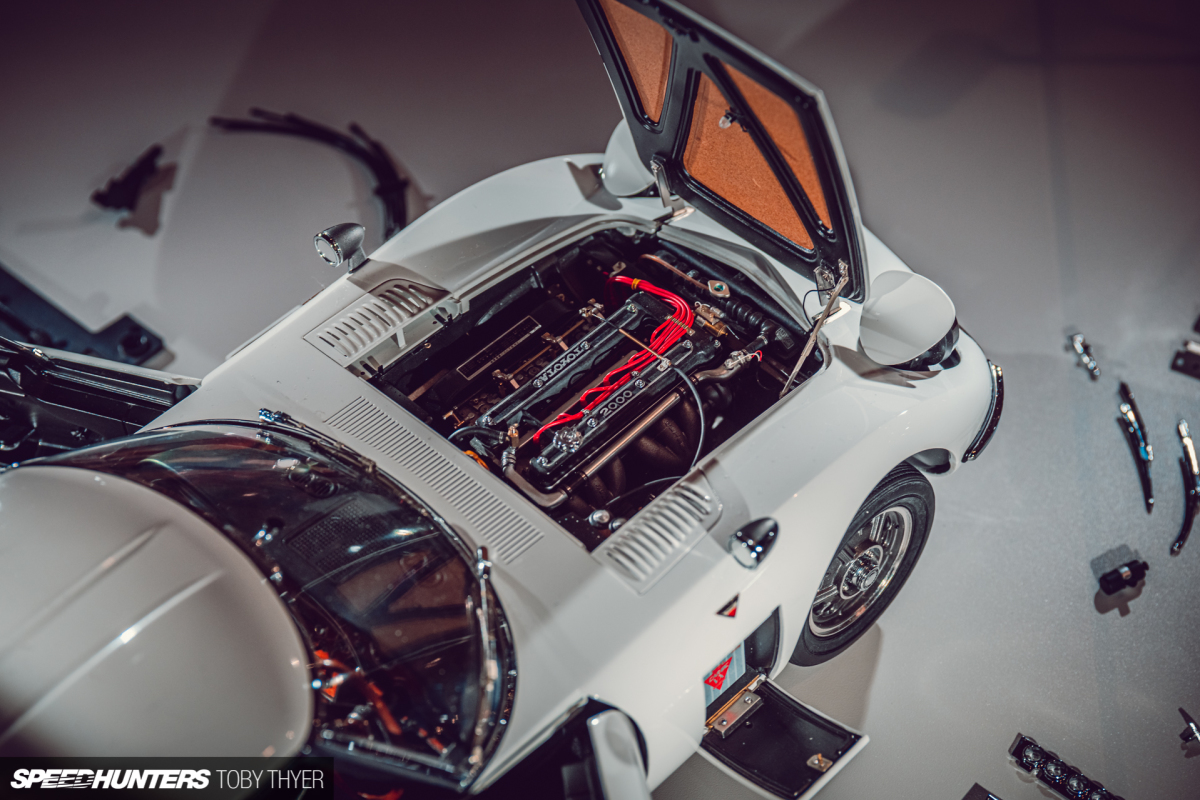
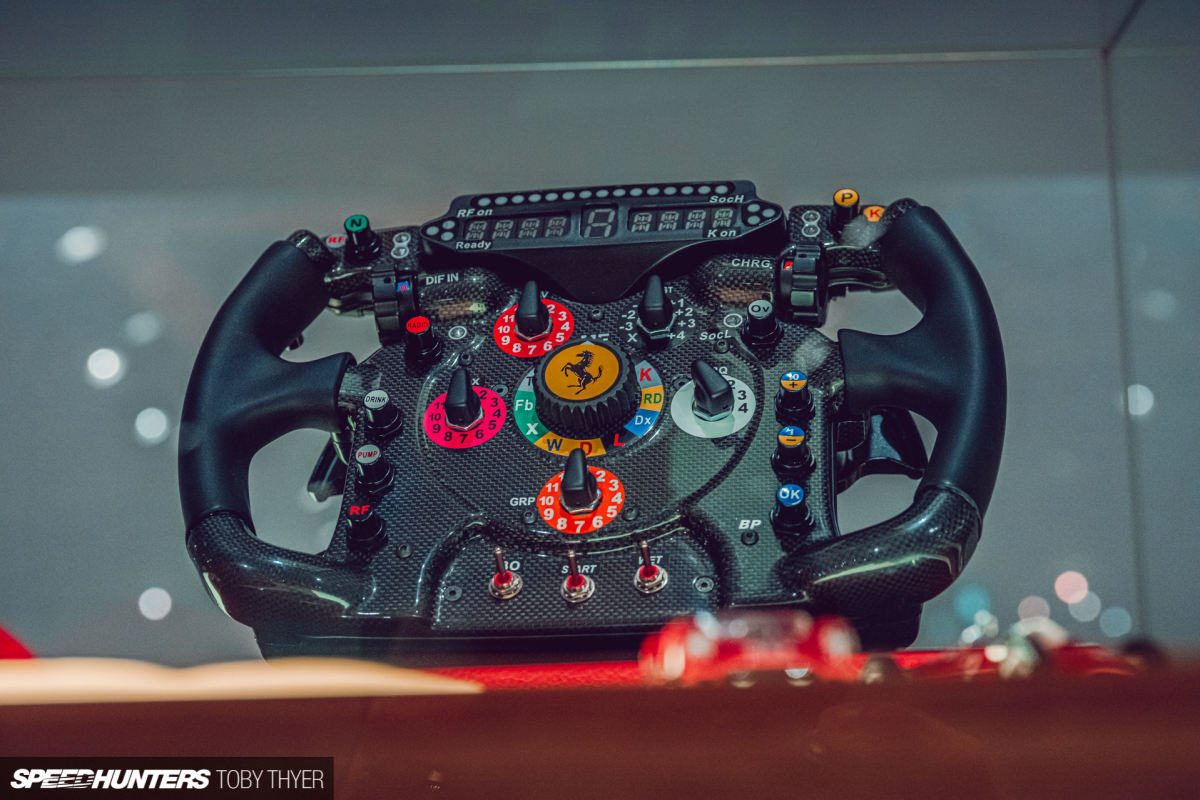
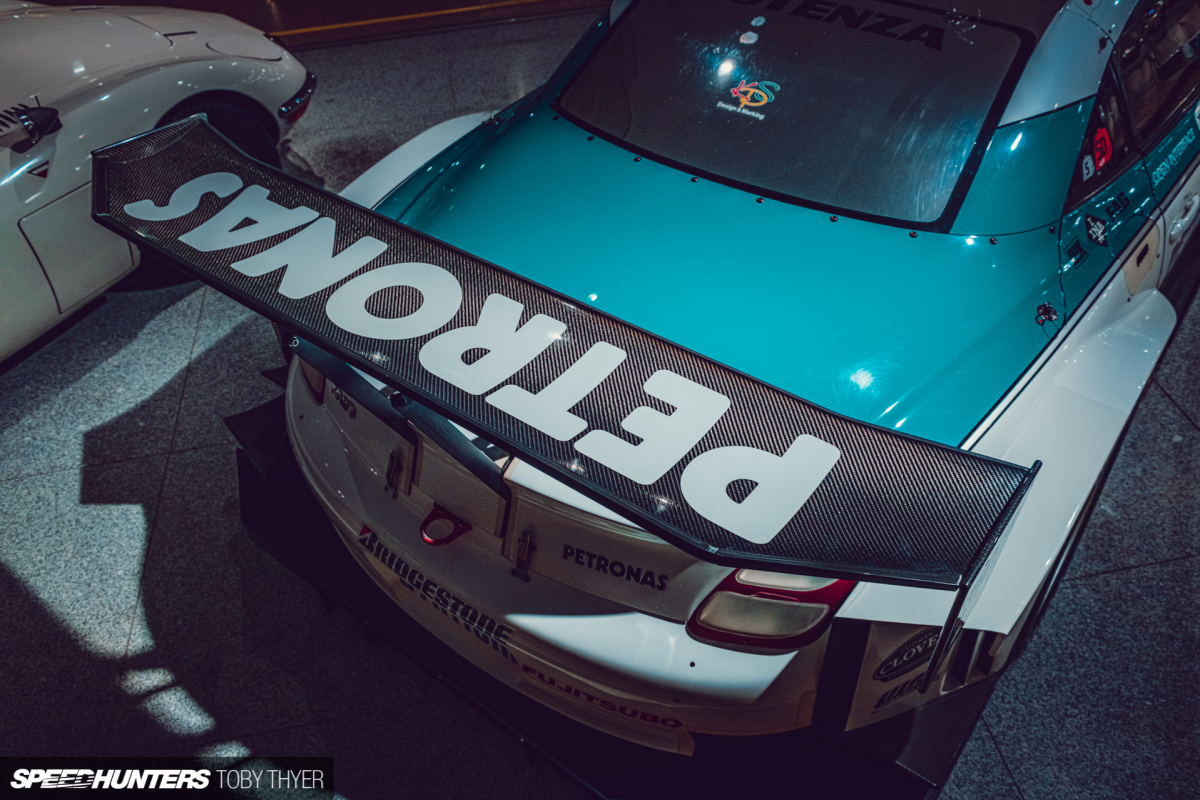
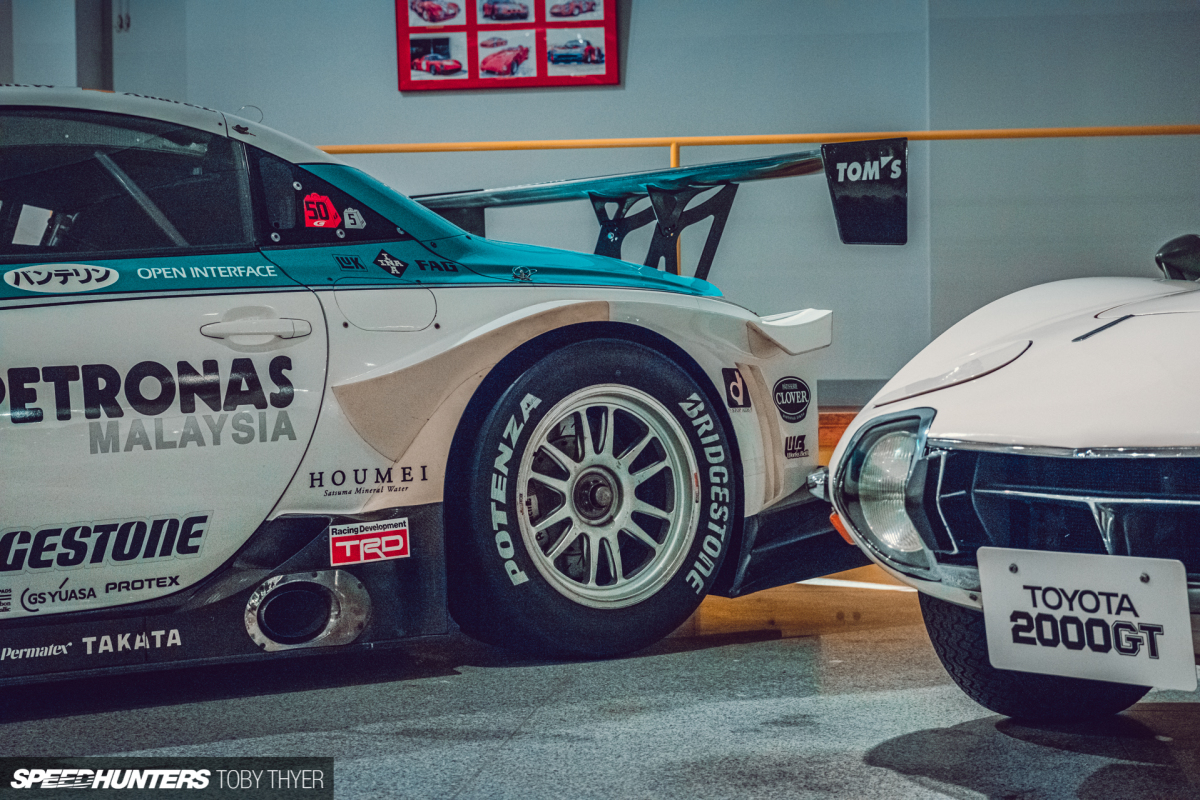
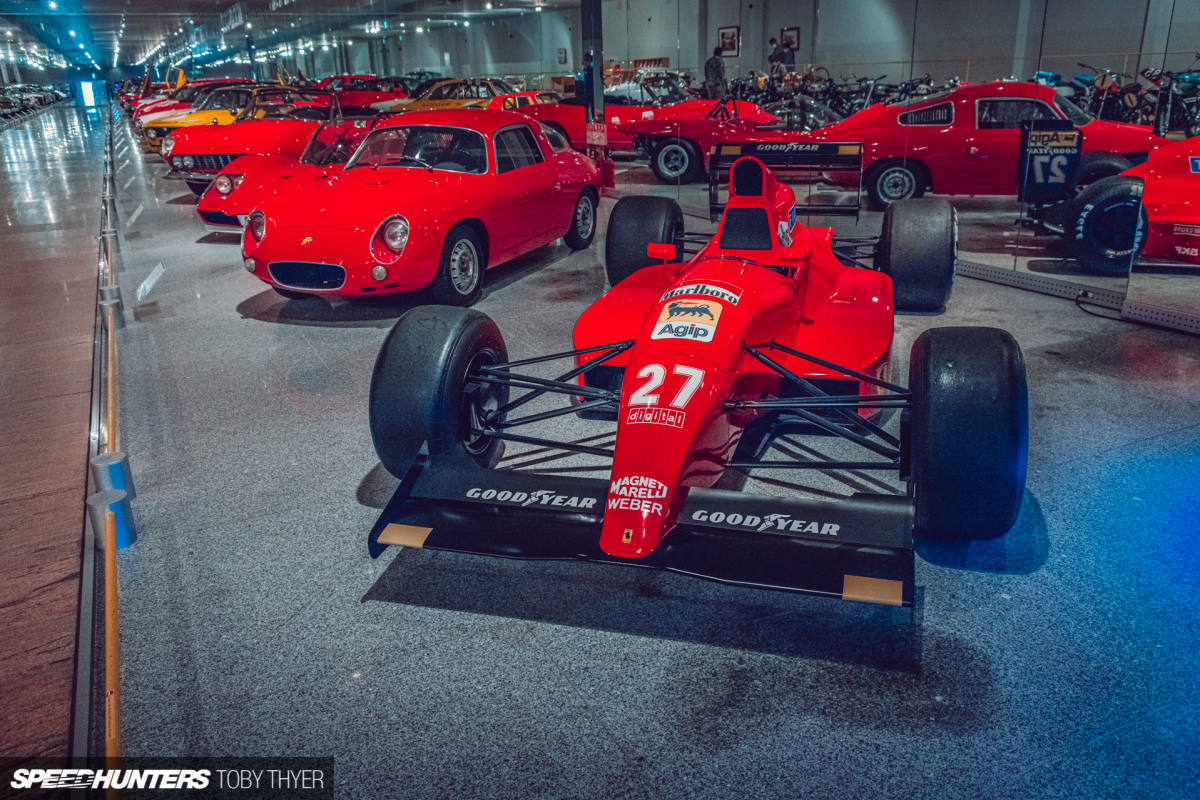
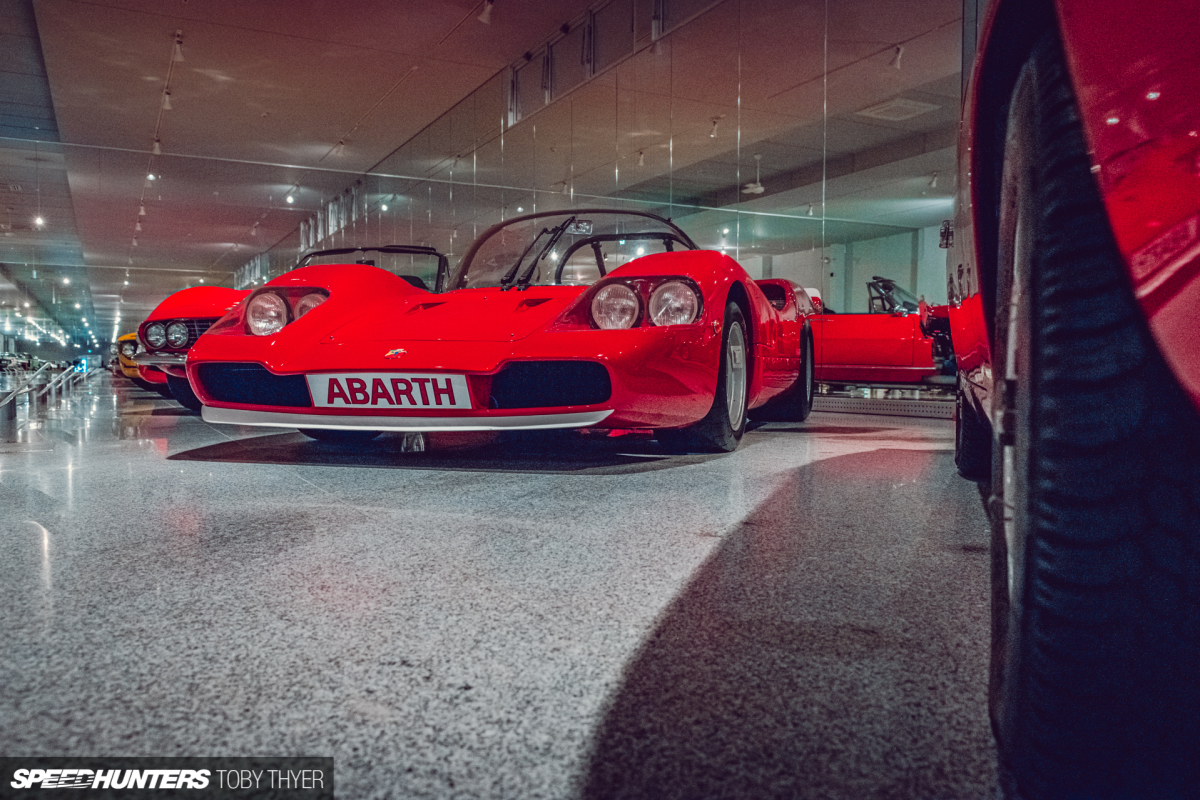
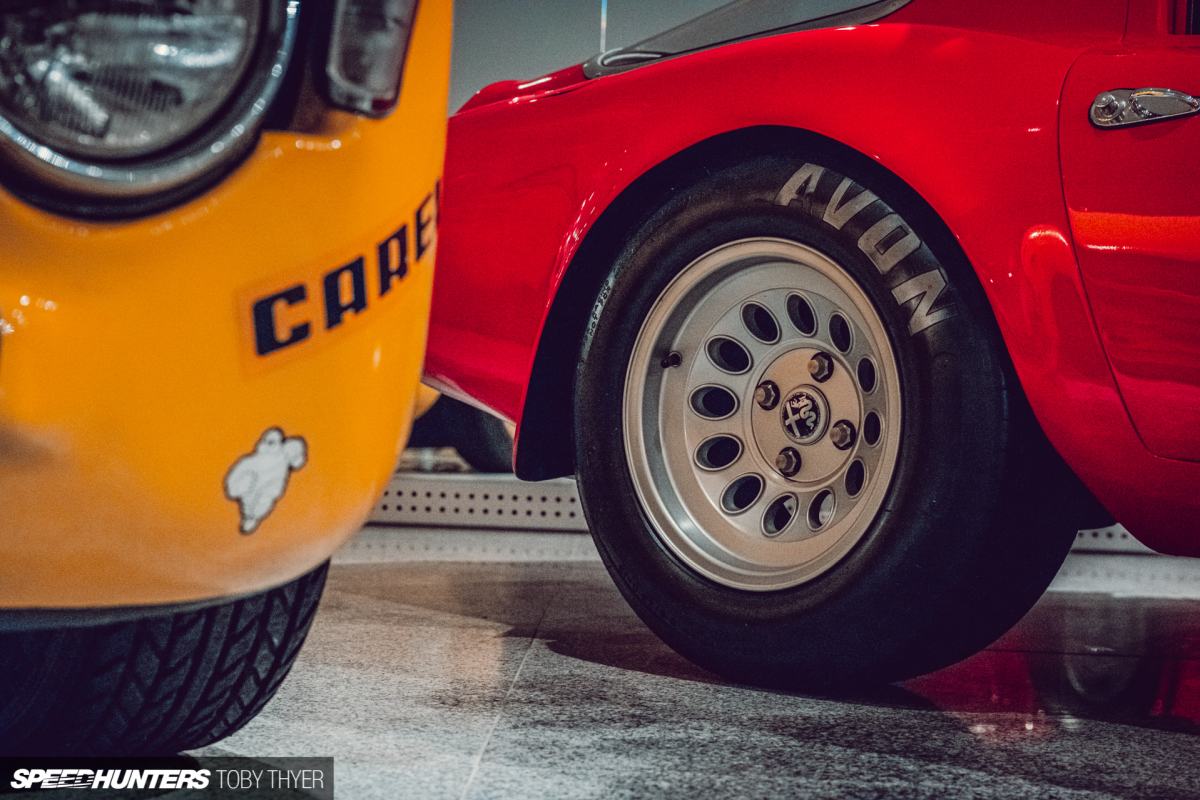
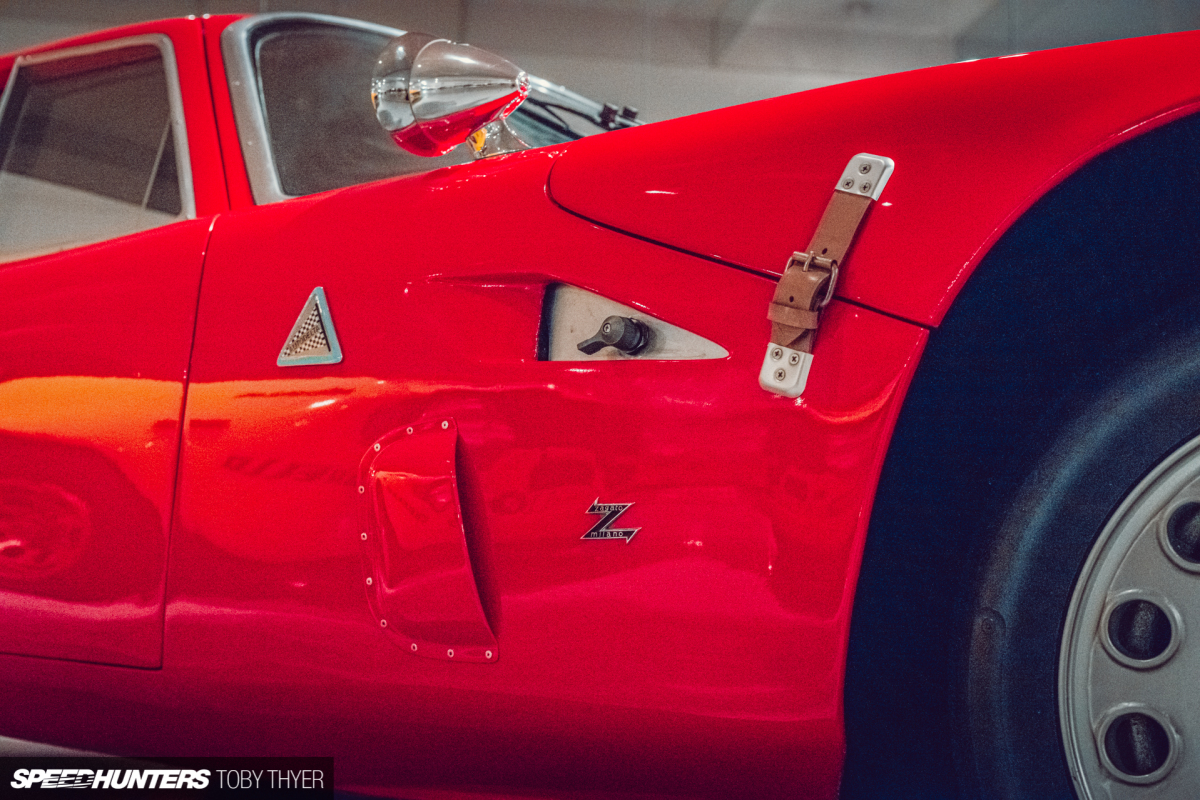
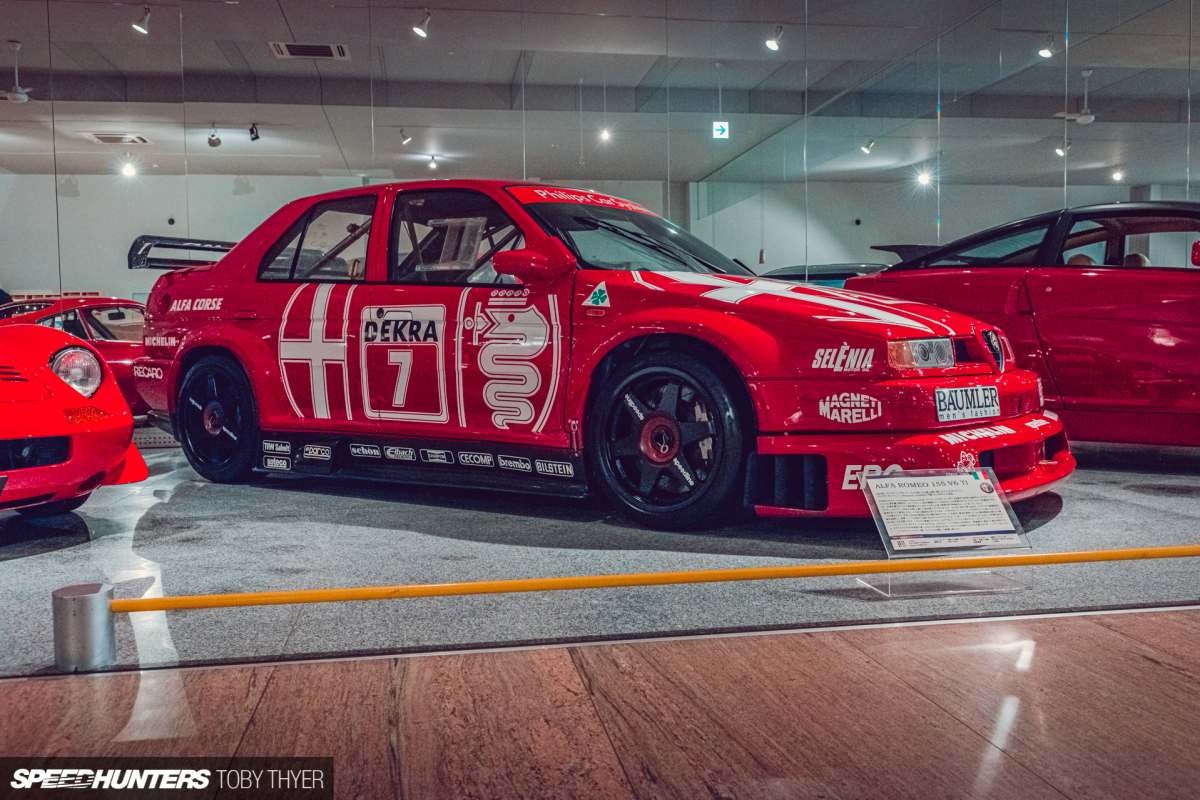
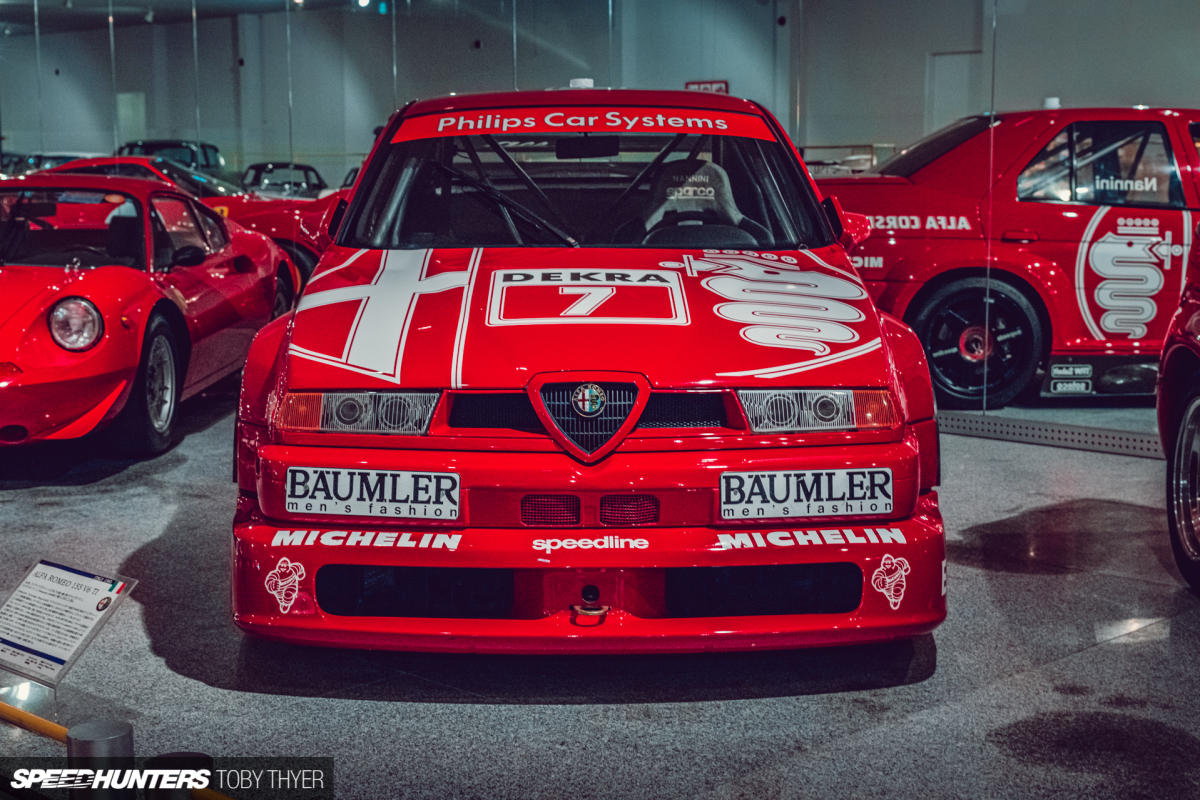
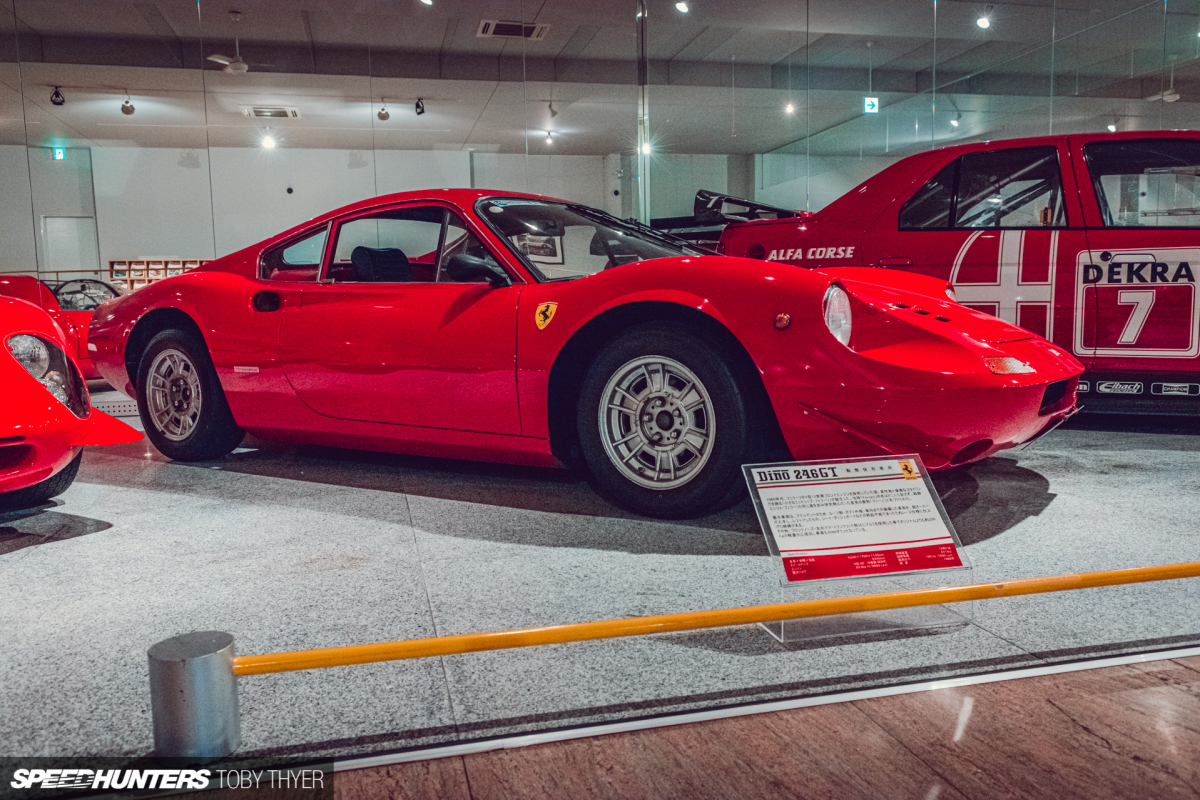
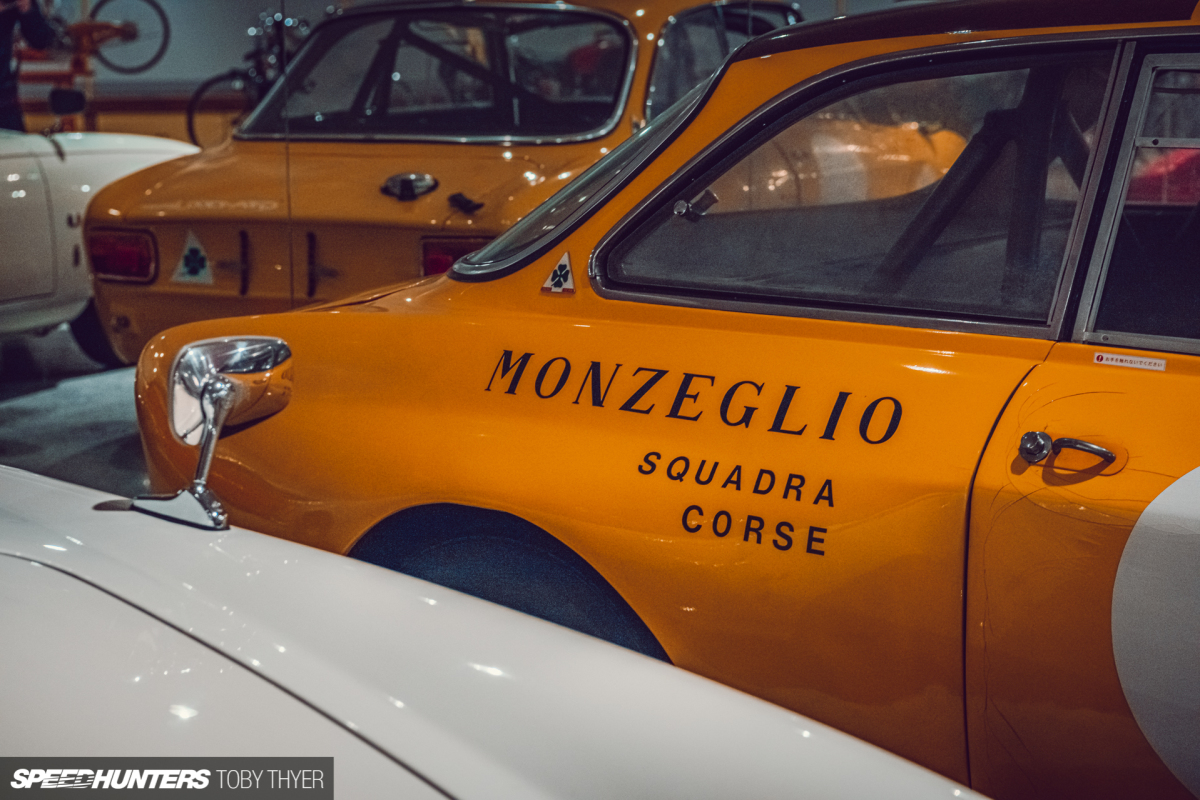
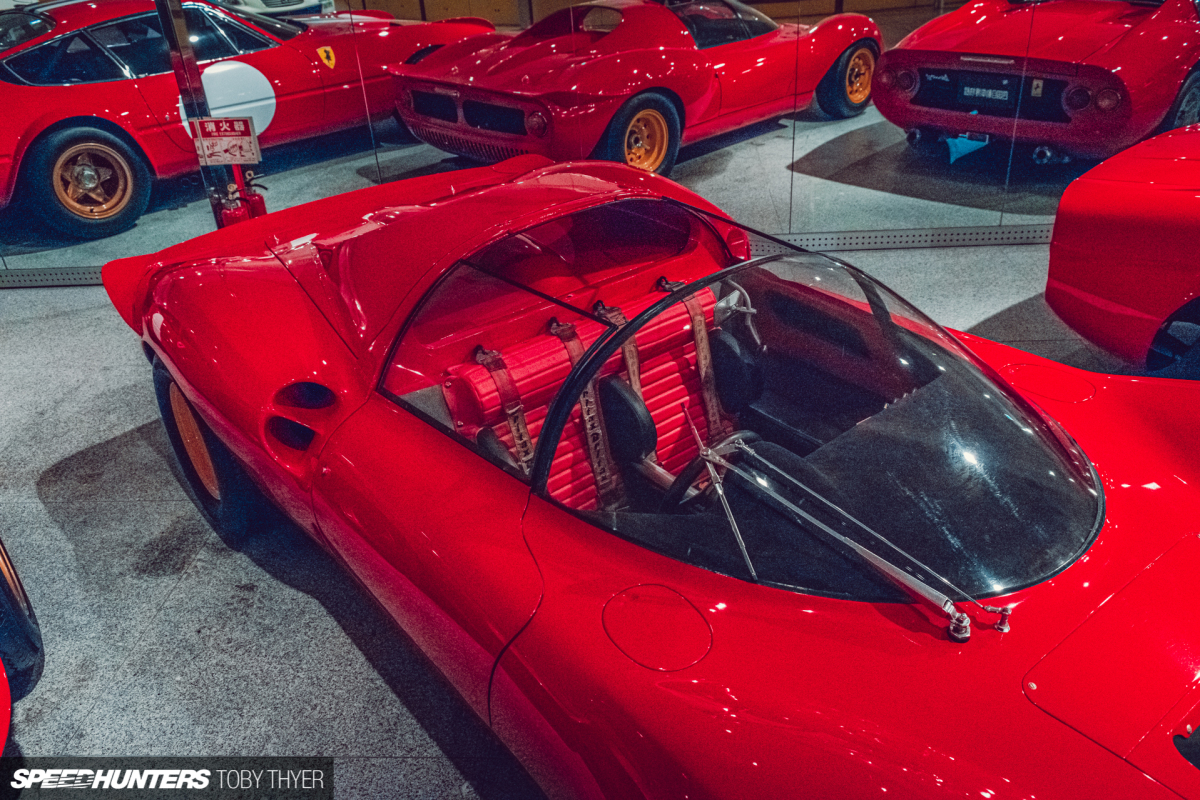
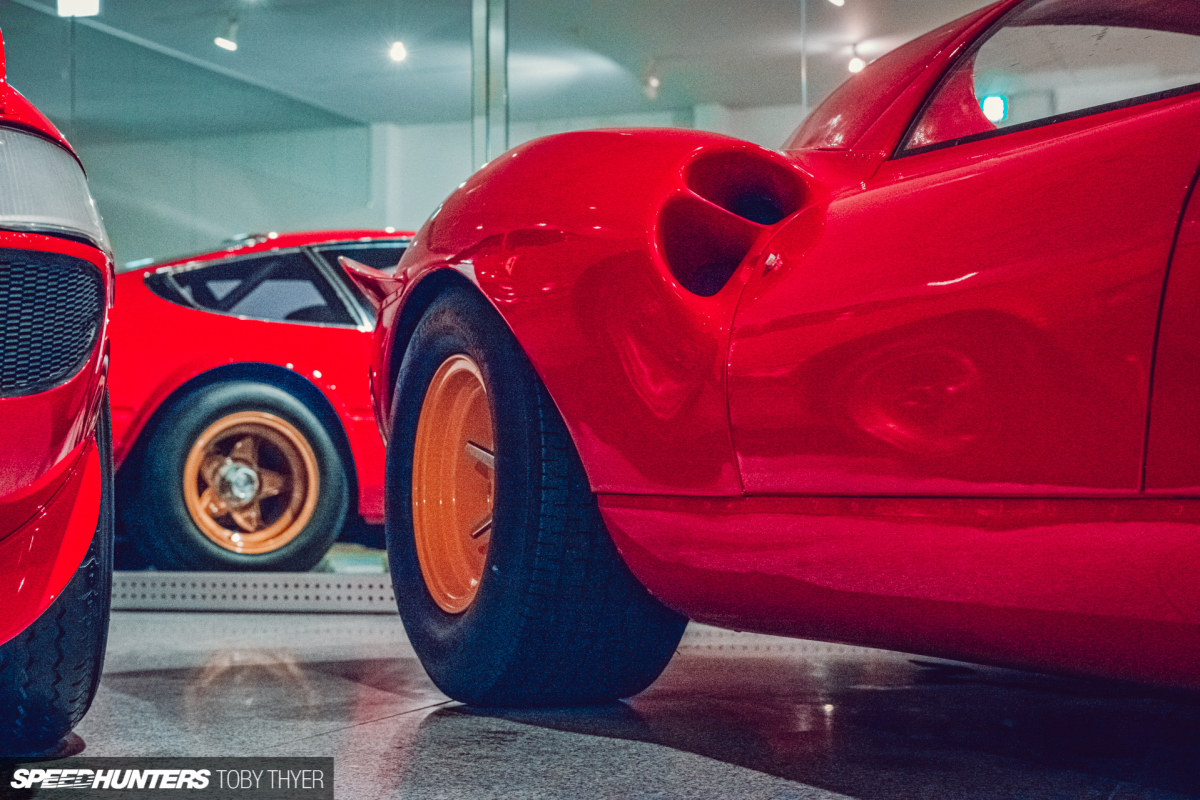
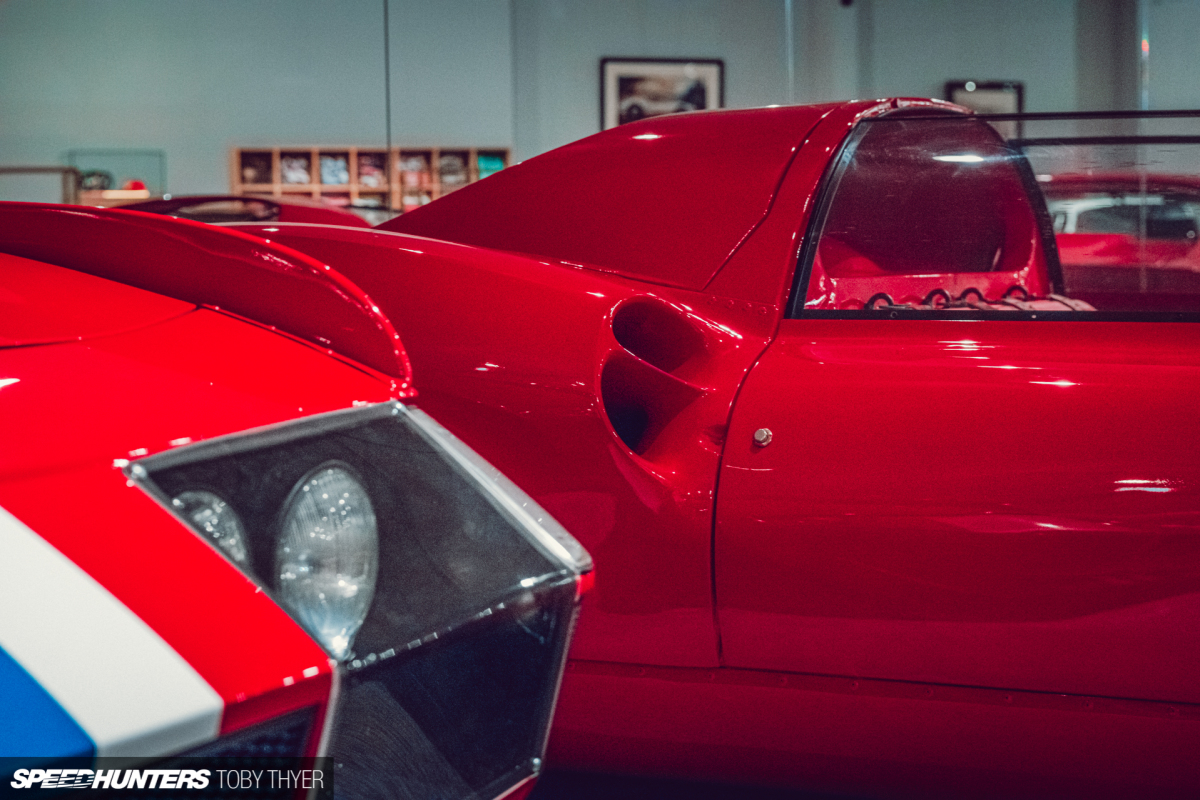
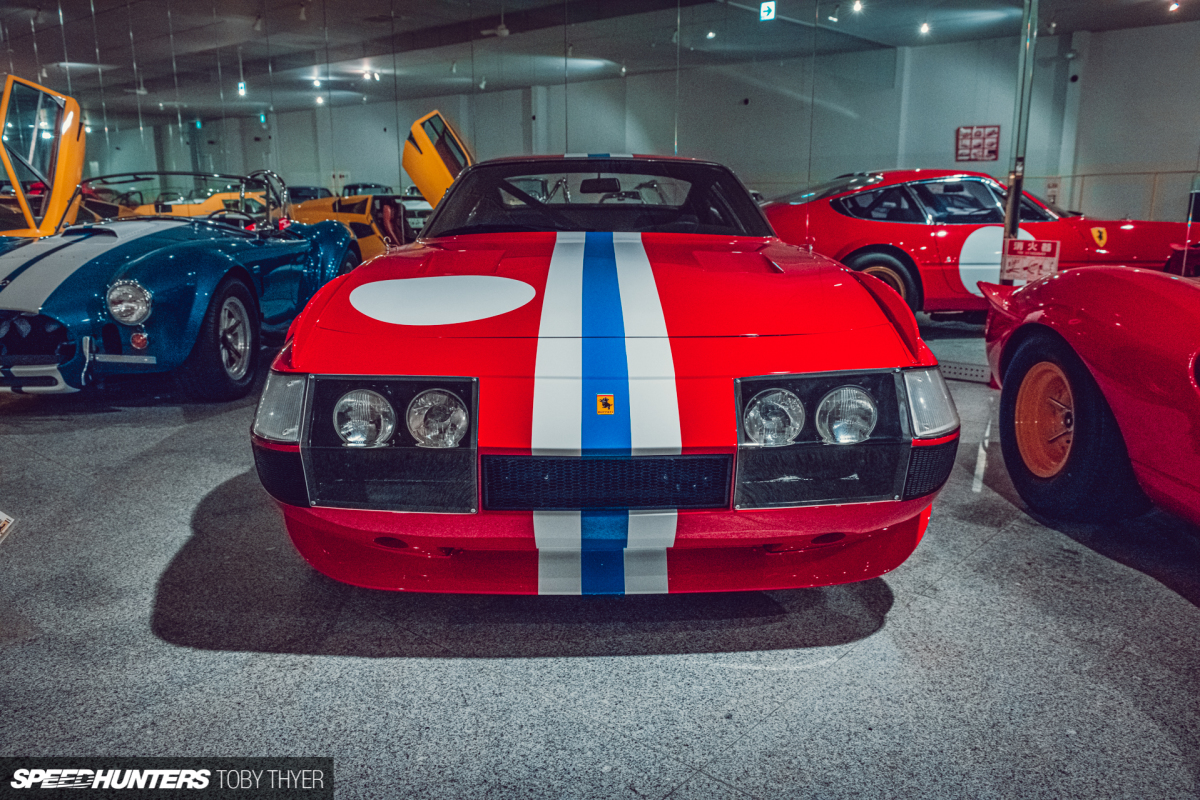
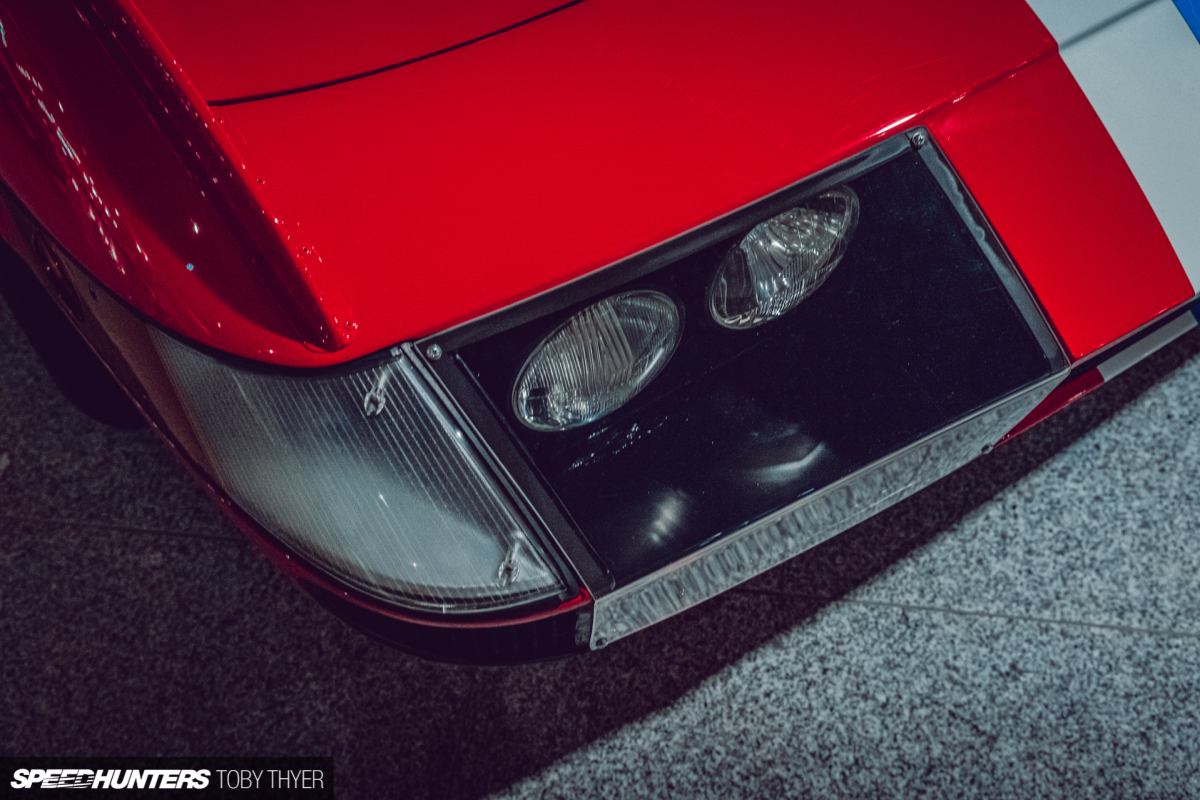
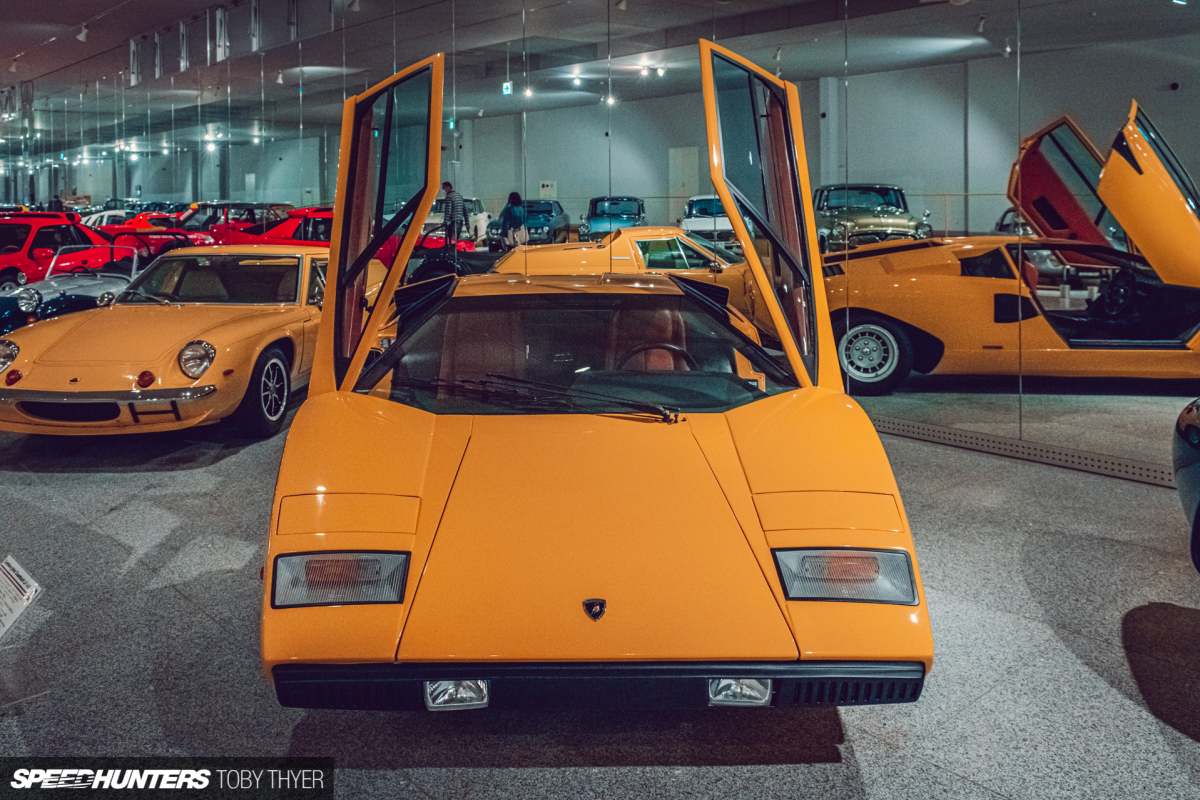
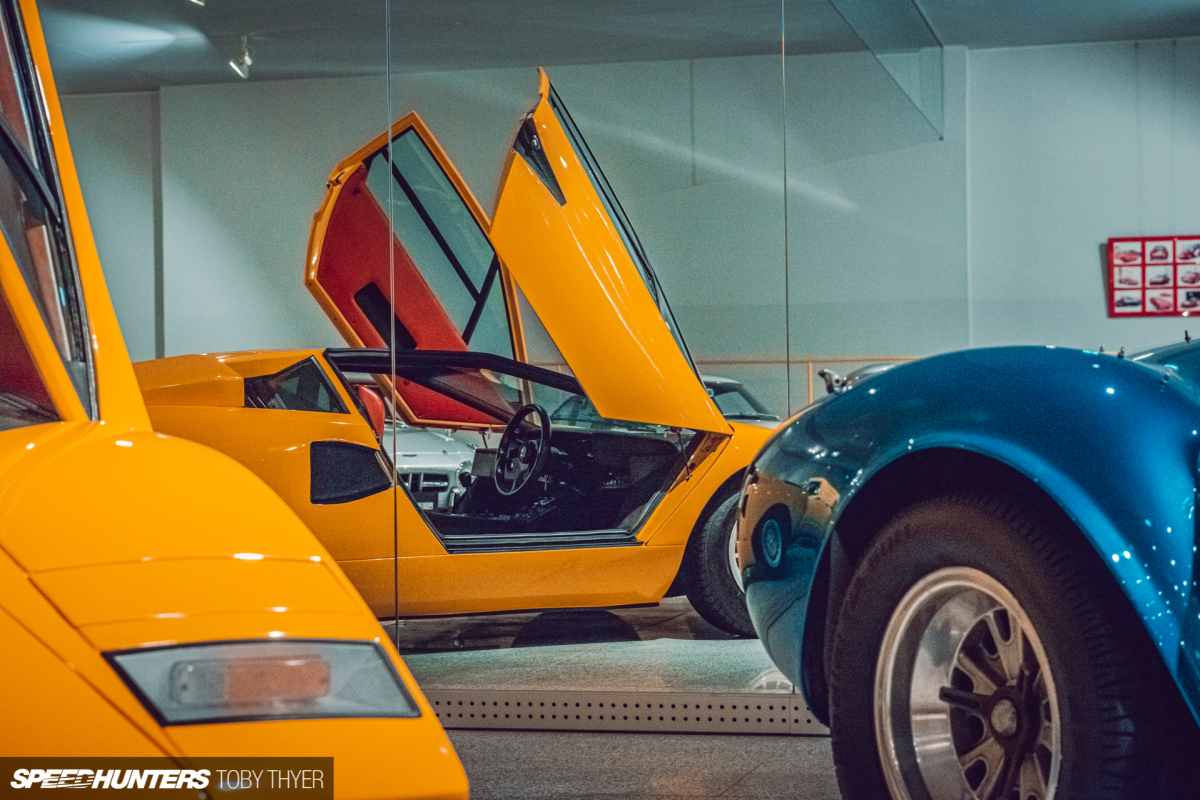
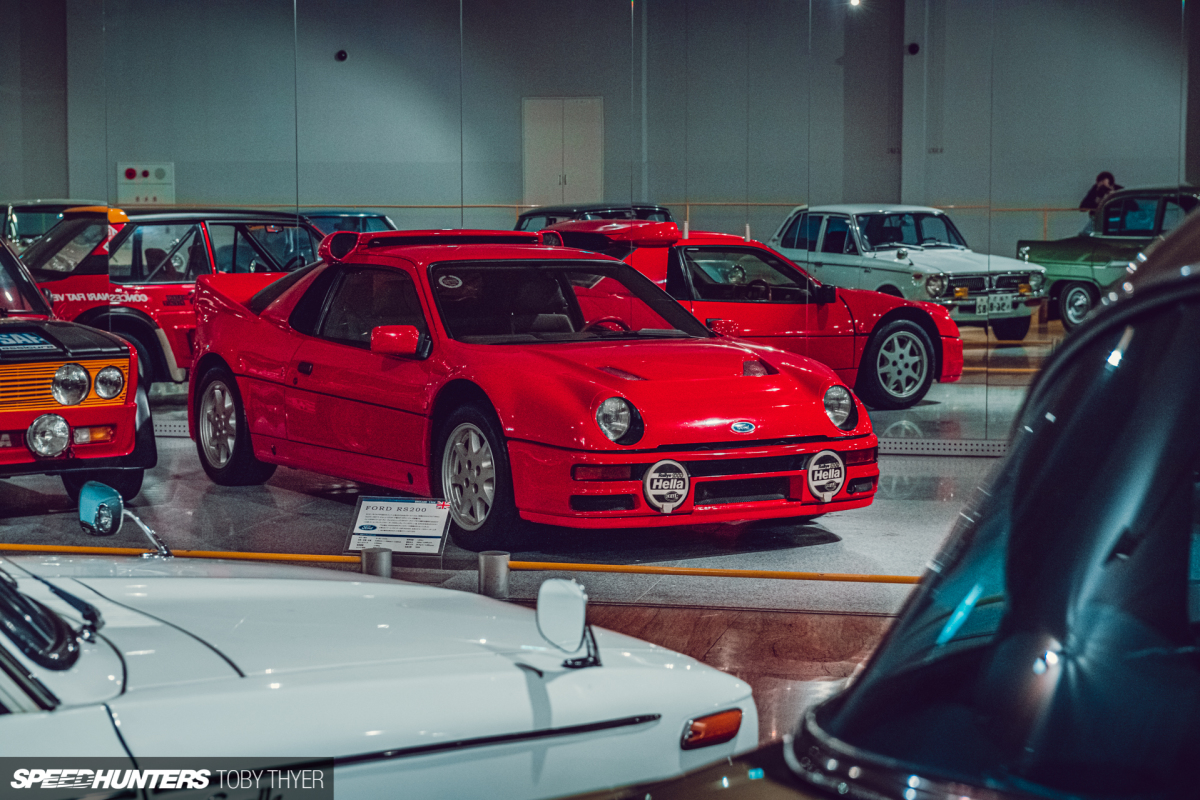
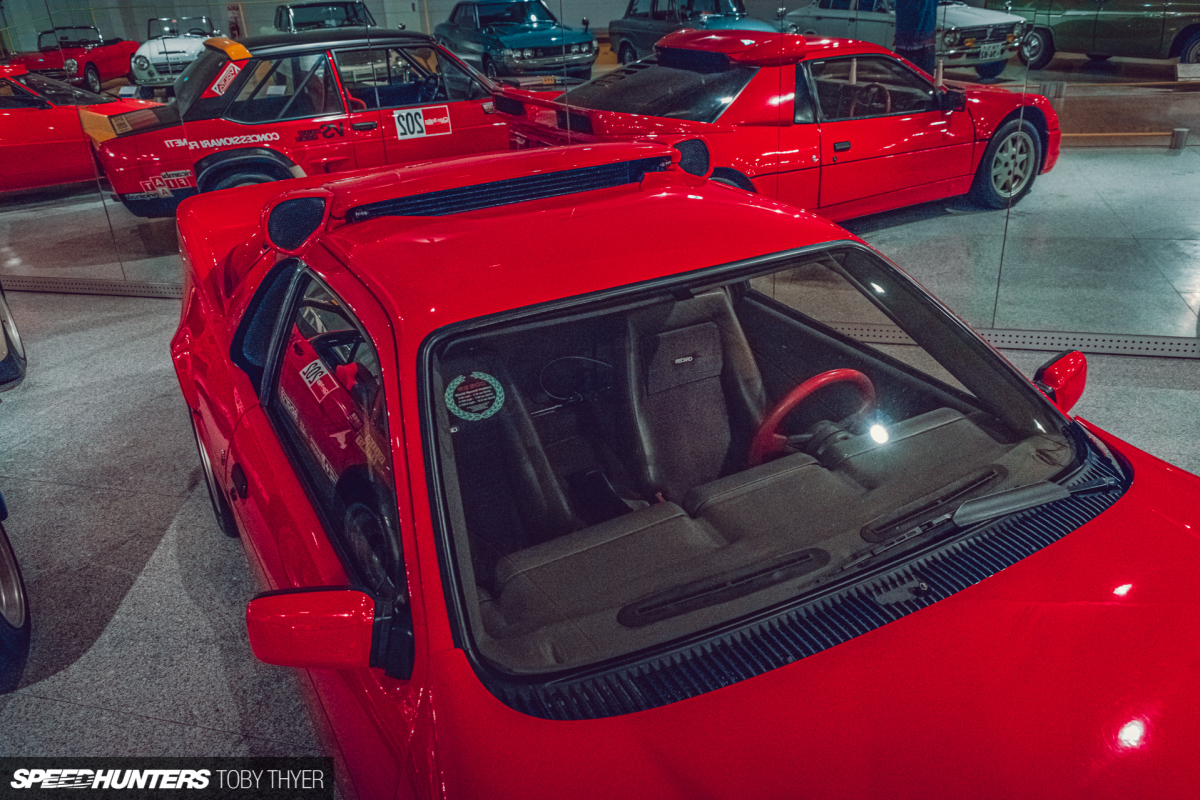
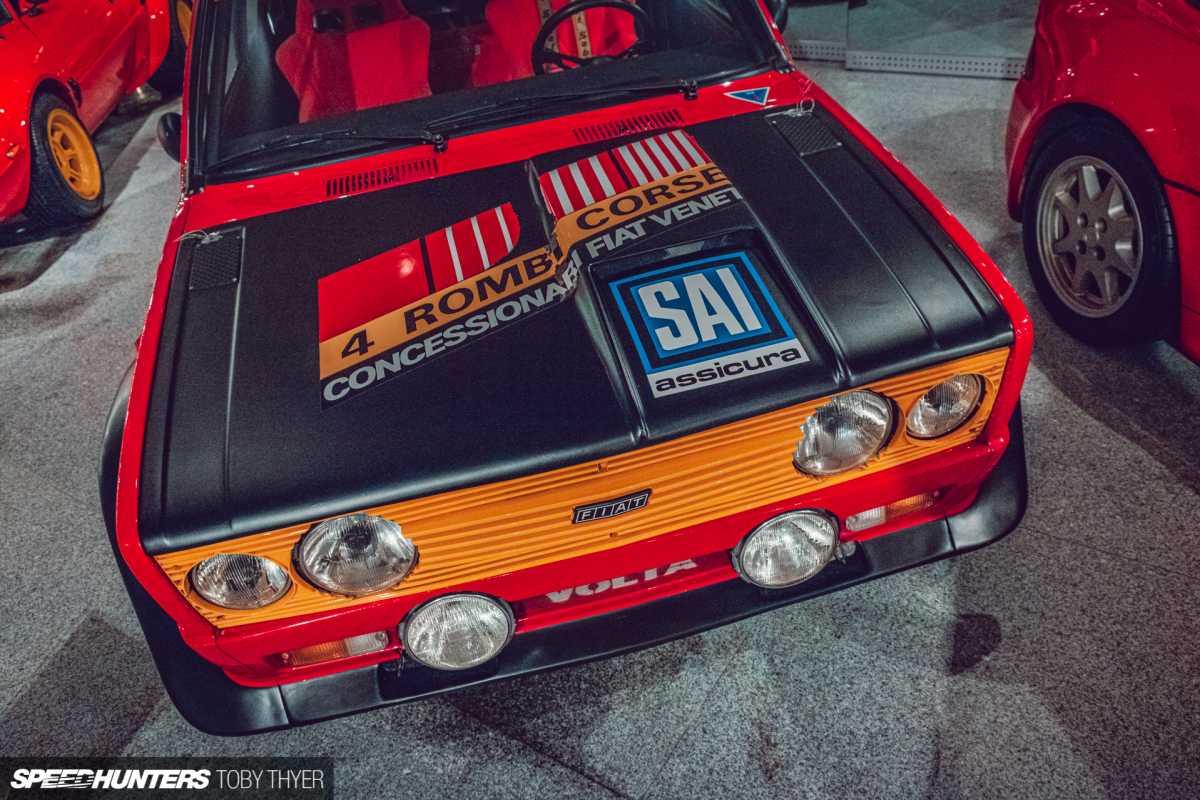
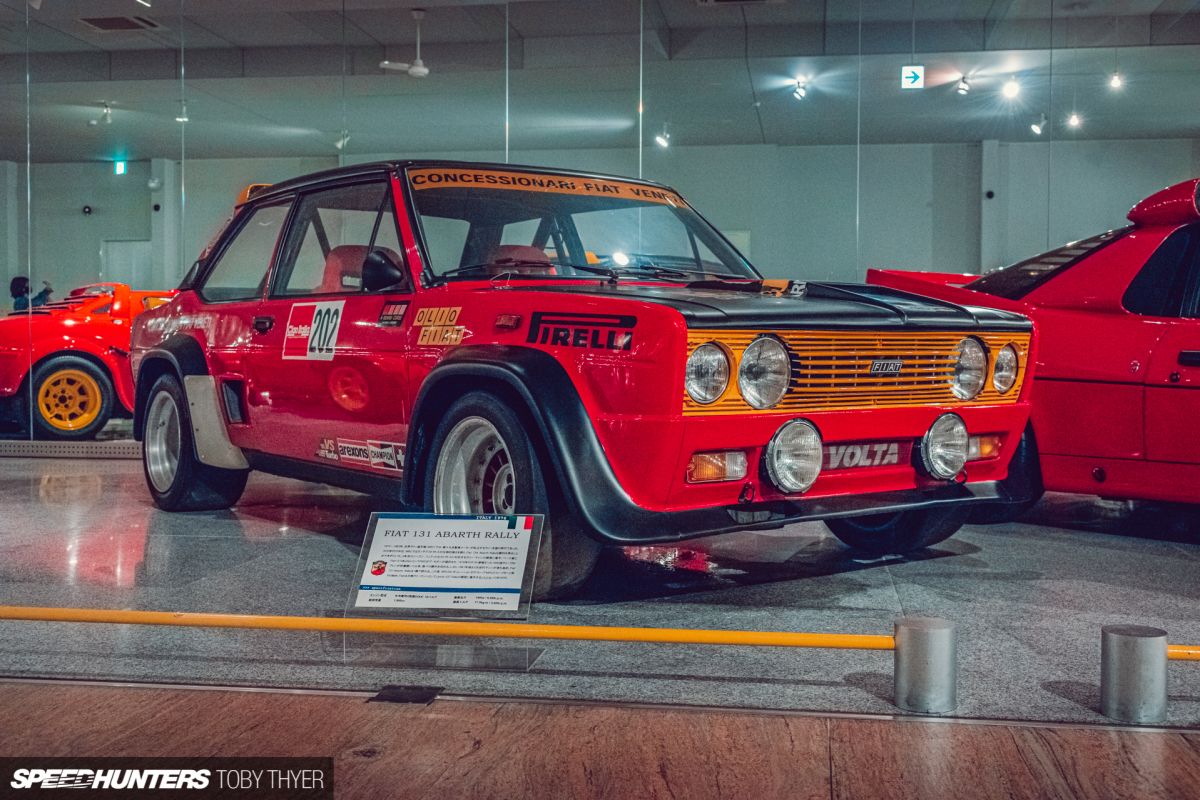
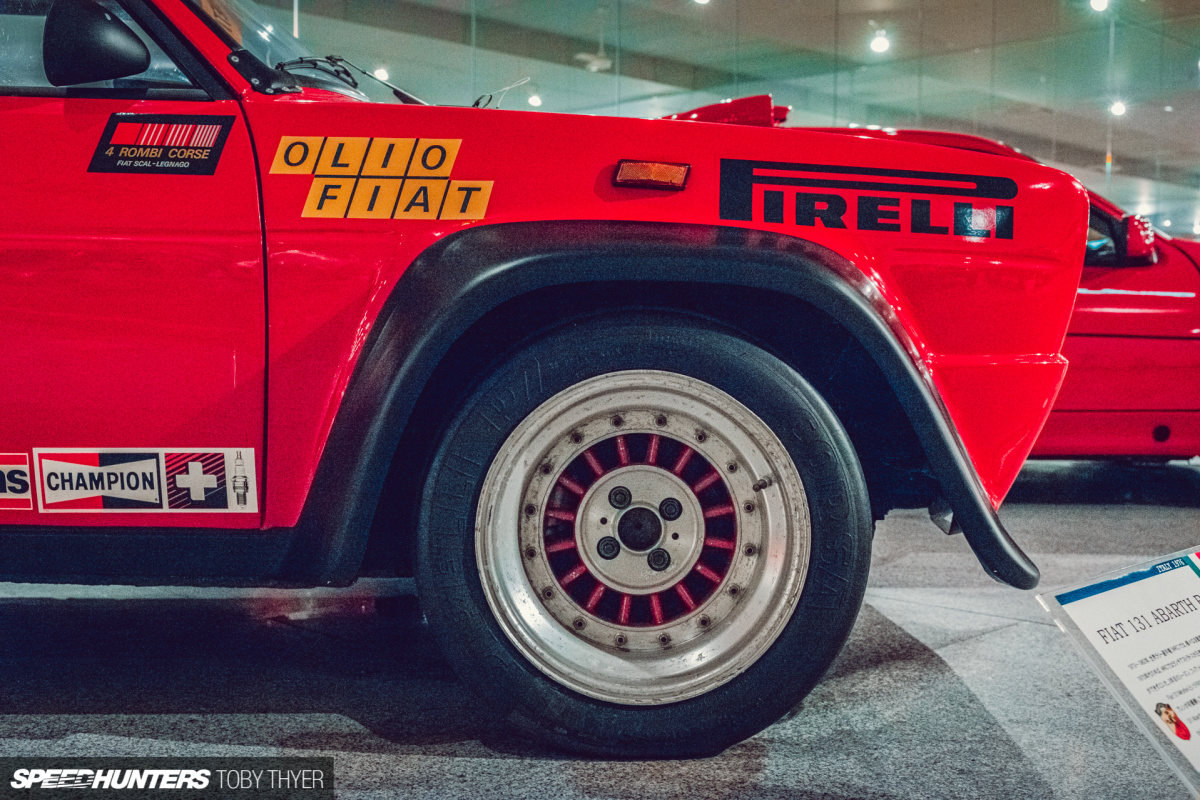
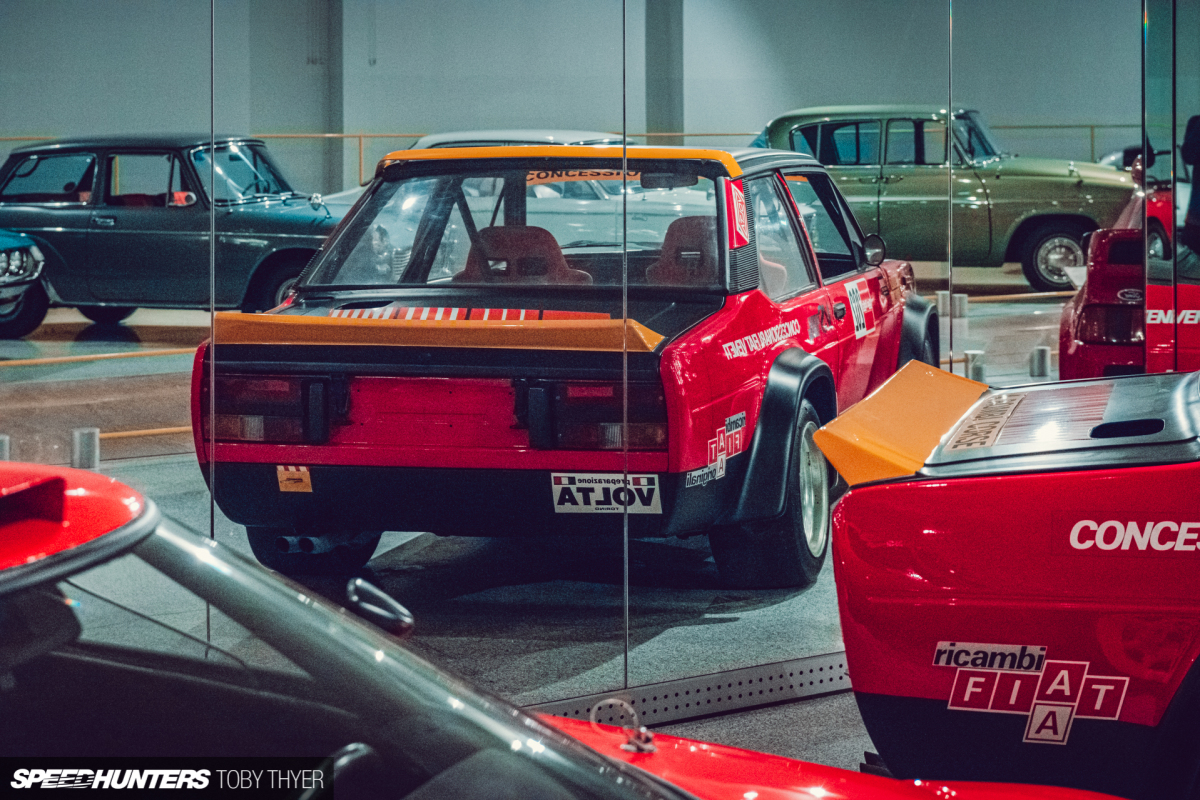
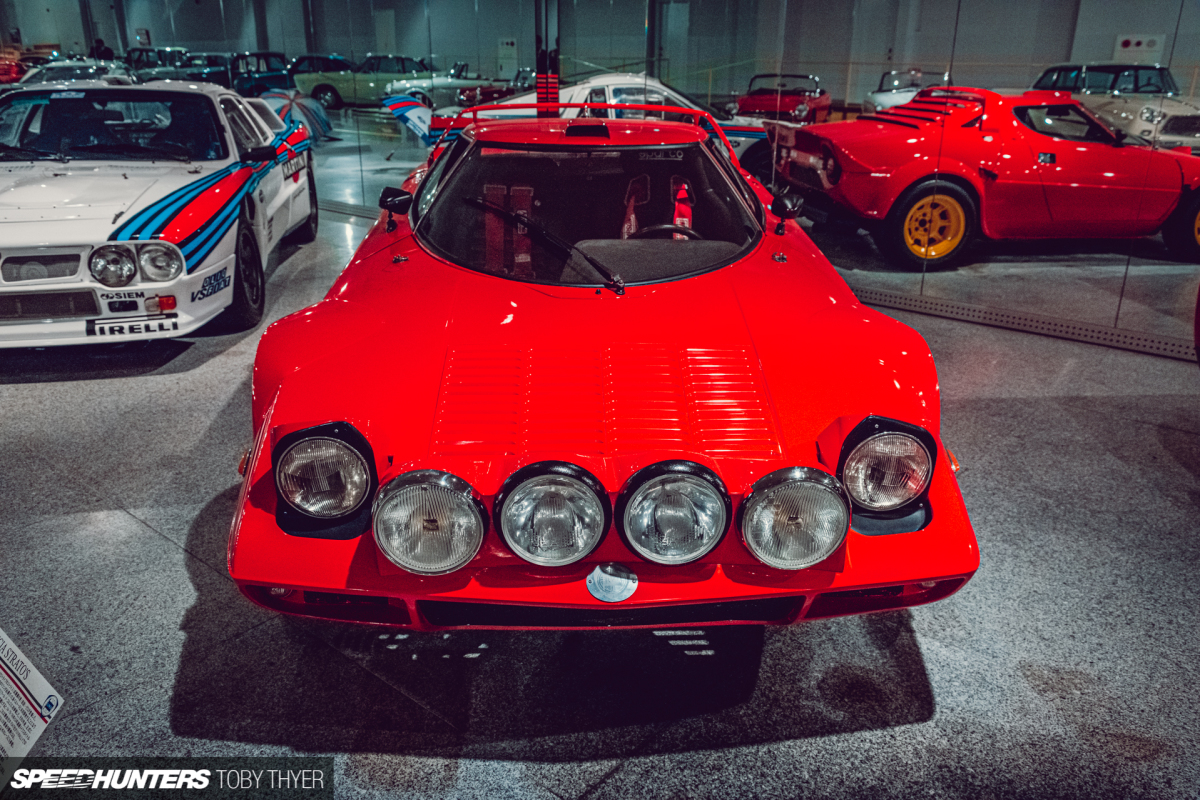
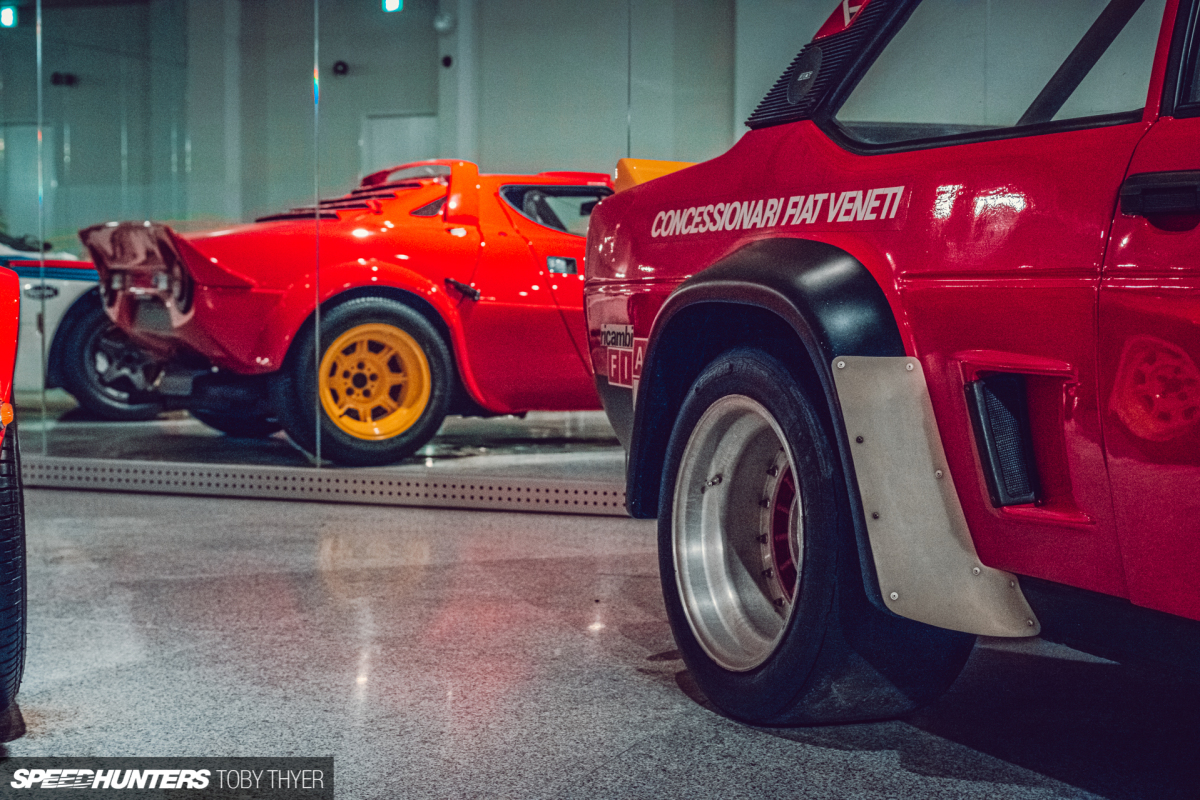
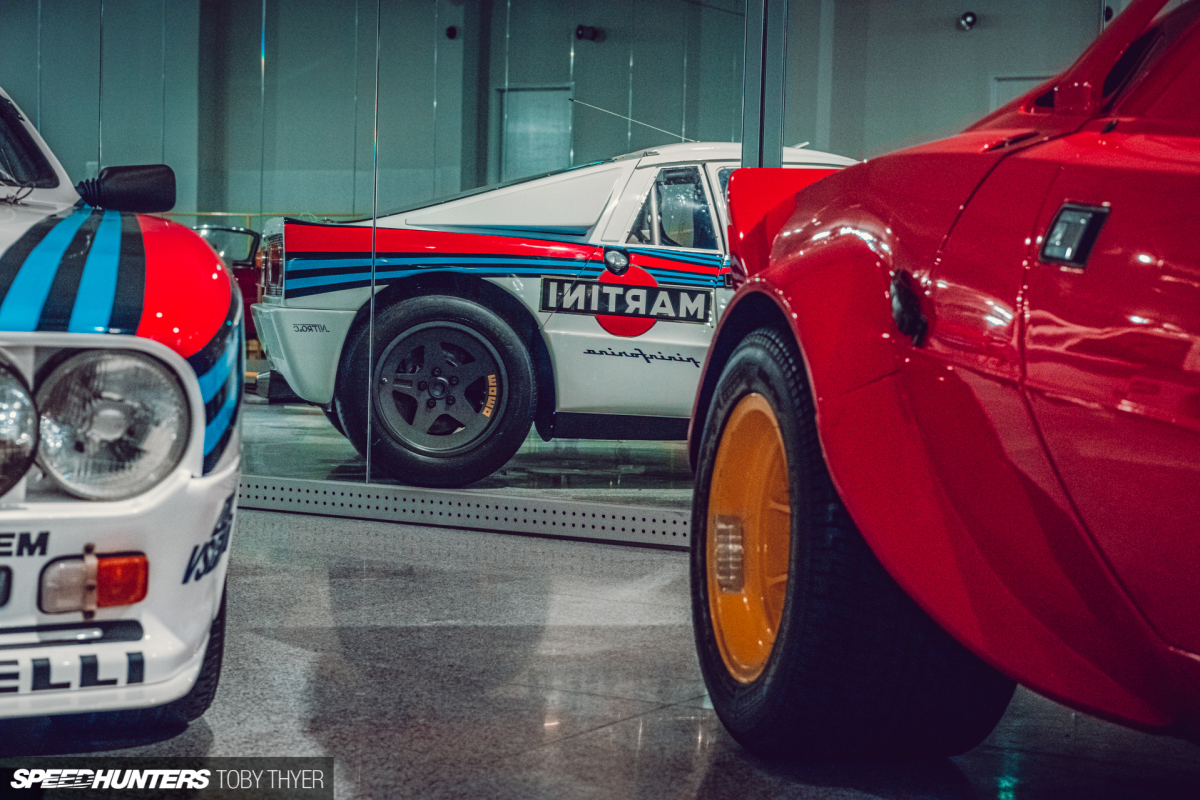
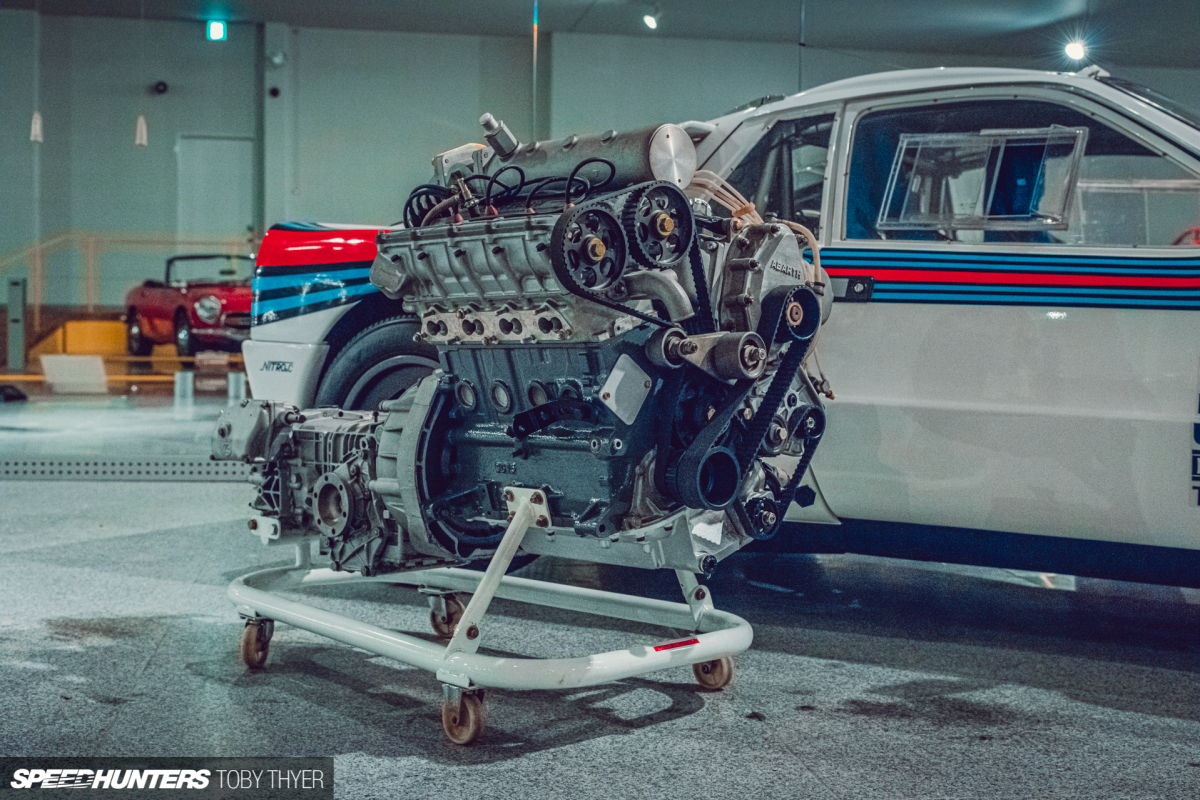





It's really cool that the cars are privately owned, imagine all the gold you would see if this was more of a thing!
Thank you for taking us with you!
One question that popped up: is rallying in Japan a thing? I can remember FIA races in Japan, but i have no real memories of having seen anything about rallye culture in Japan.
Good question, they did have WRC stages here from 2004 to 2011 and it’s due to make a comeback this year, now that Toyota are back in the game. But, as far as I know rally is not as big as drifting, for example. I’ll do some digging though, there might be a story in that!
"Although the Alfa Romeo 155’s 2.5L V6 didn’t produce a soundtrack quite as glorious as some of its rivals" - You're kidding right? Have you ever heard this beast rev over 11.000rpm?
It’s ok I guess, if you like hedge trimmers. I just think the M3 sounds wicked in comparison!
The M3 is a baby 4 cylinder that sounded.... meh, The Alfa was the best sounding card in that category lol
Its really all a matter of opinion
Of course this is all subjective but to make a point about the sound of a car that is beloved by many specifically for the sound it makes is just very strange, you only have to youtube the Alfa to see how many videos exist just because of how it sounds.
If I came to a museum like this, I wouldn't even know where to start lol
What a fantastic collection of cars
This place is a Lemon Law attorney's wet dream!
Haha!
Care to elaborate?
Of course, be happy to.
Alfa Romeos, Fiats, Lancias and Ferraris are quality-control and reliability disasters. You can't fix them, you can only work on them.
They're tremendous fun to drive, but every last one is a project car from the day it leaves the factory.
Epic!